In early August 2022, the Executive Office of the President of the United States announced a National Emerging Contaminant Research Initiative (NECRI)[1] to “improve the identification, analysis, monitoring, and treatment methods of contaminants of emerging concern (CECs), and develop any necessary program, policy, or budget to support the implementation of the initiative.” The NECRI will concentrate on drinking water and will also consider other media, where appropriate.
NCERI’s vision is focused on access to clean and plentiful drinking water for every person in the nation. To advance this vision, NECRI outlines a Federal strategy addressing “critical research gaps” related to the detection and evaluation of CECs in drinking water to identify potential adverse health effects and mitigate risk from exposure. Five strategic goals were identified, as summarized below.
Goal 1: Decrease the time from drinking water CEC identification to risk mitigation
Contaminant profiles will be generated to accelerate contaminant identification and exposure characterization, human health effects assessment, risk characterization, risk mitigation and risk communication. Advancements in exposure assessment and resulting risk characterization are outlined to focus on key factors: geographic areas, personal behavior, the effect of climate change on CEC release and toxicity and the impact to communities with higher risk. The emphasis will be on risk mitigation and prevention of CEC use, risk communication and messaging to fit community needs.

Goal 2: Promote technological innovation in tools to discover, track and mitigate drinking water CECs
Measurement and analysis tools will be developed to thoroughly establish the type and magnitude of a contaminant exposure, as well as potential effects. This goal will also encourage researchers to develop and deploy cost-effective and broadly applicable and accessible next-generation tools to aid in understanding CEC exposure and to also accelerate understanding of health effects.

Goal 3: Develop and deploy tools and approaches for drinking water CEC decision making
Research and analytical tools to support planning, research and policy decisions through data collection is a component that will be detailed through a decision framework. Anticipated use of advanced computational approaches to maximize understanding of the data, and provide feedback for further research, decision making and mitigation, is emphasized. Two specific tools are outlined for use: (1) tools to reduce uncertainty in decision making and (2) frameworks for decision making.

Goal 4: Coordinate transdisciplinary drinking water CEC research activities among Federal and non-Federal partners
Coordination of a network of CEC research centers to advance research and reduce the potential for duplicative efforts, as well as increase communication among collaborators. Ideally, the research centers would be linked to share data fully through a data repository.

Goal 5: Foster transparency and public trust when communicating information about drinking water CECs
It is important to establish transparency and build public trust among all collaborators and partners. CEC risk communication priorities include engagement and inclusion, communications research and incorporation of communications research into the CEC research network.
These five goals are laid out as the foundation of a plan for establishing research networks that can address the ongoing identification of emerging contaminants. Finally, a set of metrics are presented to measure and document the program’s progress and activities. Metrics for process, research, tools, coordination and health are outlined.

Related Materials
 TRC EXPERT SERVICES
TRC EXPERT SERVICES
Publié juin 20, 2022

TRC Can Assist in Tracking and Evaluation of CECs
With so many chemicals in use, and new ones emerging constantly, how would you know when and if you need to to worry when they are introduced? We can help you work through these issues and risks. The TRC Center of Research and Expertise (CORE) Emerging Contaminants team actively monitors and assesses over 50 chemicals and issues that may disrupt your operations or cause community or regulatory concern. Some of these include PFAS, microplastics, harmful algal blooms and others.
Contact Our Expert Below To Learn More
S’adapter au
changement
Collaborez avec les praticiens testés de TRC
Partager nos perspectives
Nos praticiens partagent leurs idées et leurs points de vue sur les tendances et les défis qui façonnent le marché.

Naviguer dans les risques juridiques et réglementaires des contaminants chimiques dans les aliments pour animaux de compagnie
novembre 14, 2024
Les propriétaires d’animaux de compagnie s’efforcent de plus en plus de s’assurer que leurs compagnons maintiennent un régime alimentaire nutritif.
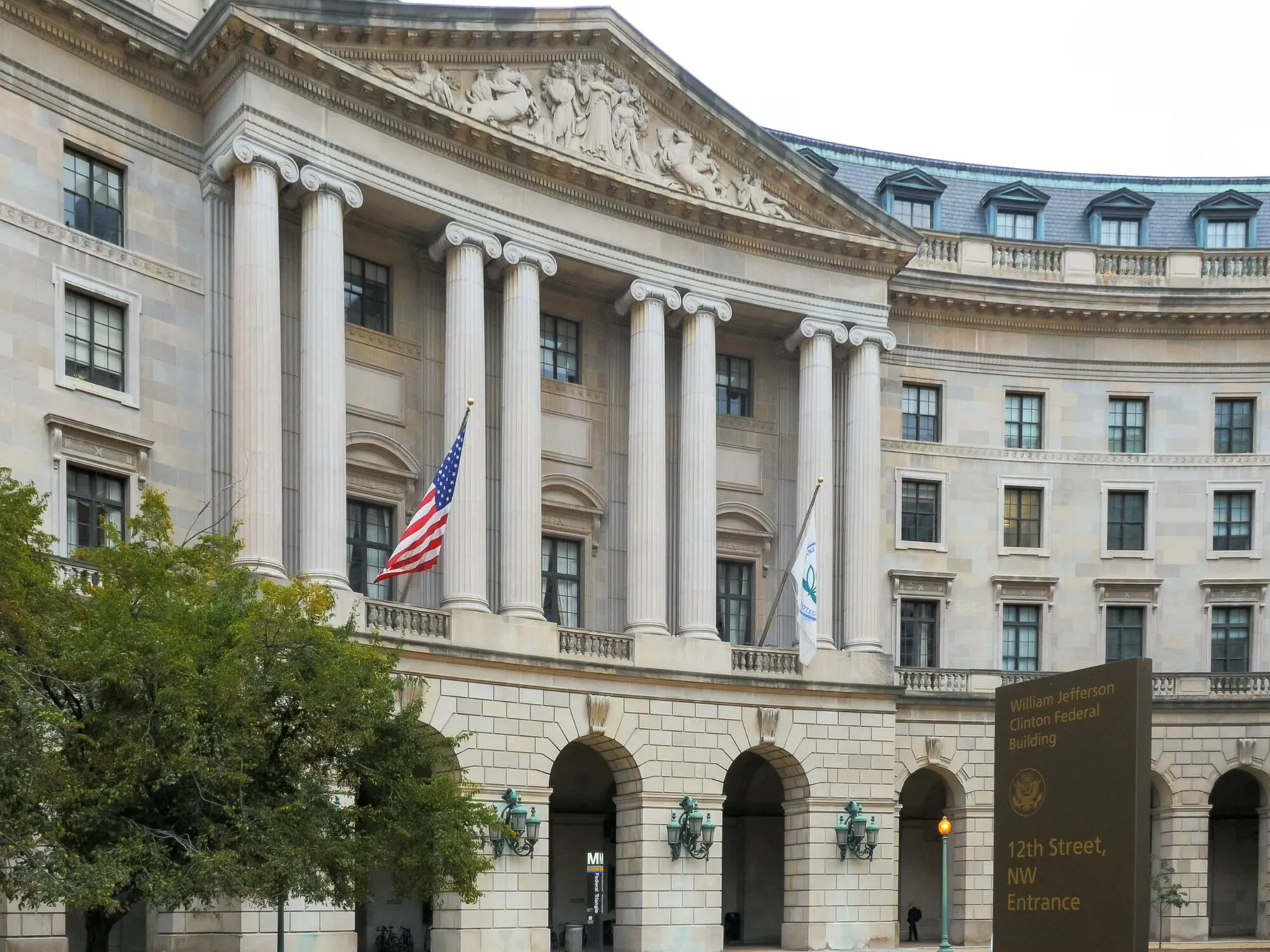
TSCA Section 8(a)(7) PFAS Reporting and Recordkeeping
septembre 16, 2024
L’EPA a accordé une prolongation de huit mois pour les exigences de déclaration et de tenue de registres de la Toxic Substances Control Act (TSCA) pour les substances perfluoroalkyliques et polyfluoroalkyliques (SPFA).

Changes to EPA’s Risk Management Program (RMP) Regulations Are Coming
avril 14, 2023
Changes to the Risk Management Program (RMP) regulations were signed into a final rule on February 27, 2024, by EPA Administrator Michael S. Regan.

EPA Finds Trichloroethylene Presents Unreasonable Risk in Final Risk Evaluation
avril 6, 2023
On Jan 9, 2023, the United States Environmental Protection Agency (EPA) revised the Toxic Substance Control Act (TSCA) to reflect a new risk determination for trichloroethylene (TCE).

Utilisation proposée d’un indice de danger pour le Règlement national sur l’eau potable primaire (NPDWR) sur les SPFA
avril 4, 2023
La LCM et la MCLG proposées pour les quatre SPFA, LE PFNA, le PFHxS, le GenX et le PFBS considèrent leur toxicité comme additif. L’EPA a proposé un IH de 1,0 en tant que MCL et MCLG pour les quatre SPFA combinés.

Using the R2 Guidance in Indiana
mars 21, 2023
TRC outlines the new R2 Guidance in Indiana

Setting the Stage for Effective Environmental Compliance Recordkeeping
mars 21, 2023
Recordkeeping is an integral component of demonstrating compliance with environmental regulations.

Routinely Evaluating the Health & Effectiveness of Integrated Systems to Manage EHS/ESG Risks – Part 2
mars 15, 2023
Systematic monitoring and continuous improvement is important to achieve an effective EHS/ESG management system within an organization.

Recognizing, Identifying, Prioritizing and Addressing EHS & ESG Risks
mars 3, 2023
A clear view and understanding of the environmental, health and safety (EHS) risks created by a business is paramount to its success and longevity.

Routinely Evaluating the Health & Effectiveness of Integrated Systems to Manage EHS/ESG Risks – Part I
mars 1, 2023
Once established, an EHS/ESG management system must be routinely evaluated to ensure it remains effective to identify and control risks, as well as accommodate and adjust for changes that occur to/within the organization.

Consequences of a Lowered NAAQS for PM2.5
février 16, 2023
TRC breaks down the significance of EPA lowering the NAAQS for PM₂.₅

EPA Announces $2 Billion in Funding to Address Emerging Contaminants in Drinking Water
février 14, 2023
Environmental Protection Agency Administrator Michael Regan announced $2 Billion in infrastructure funding to help the nation’s rural water supplies.
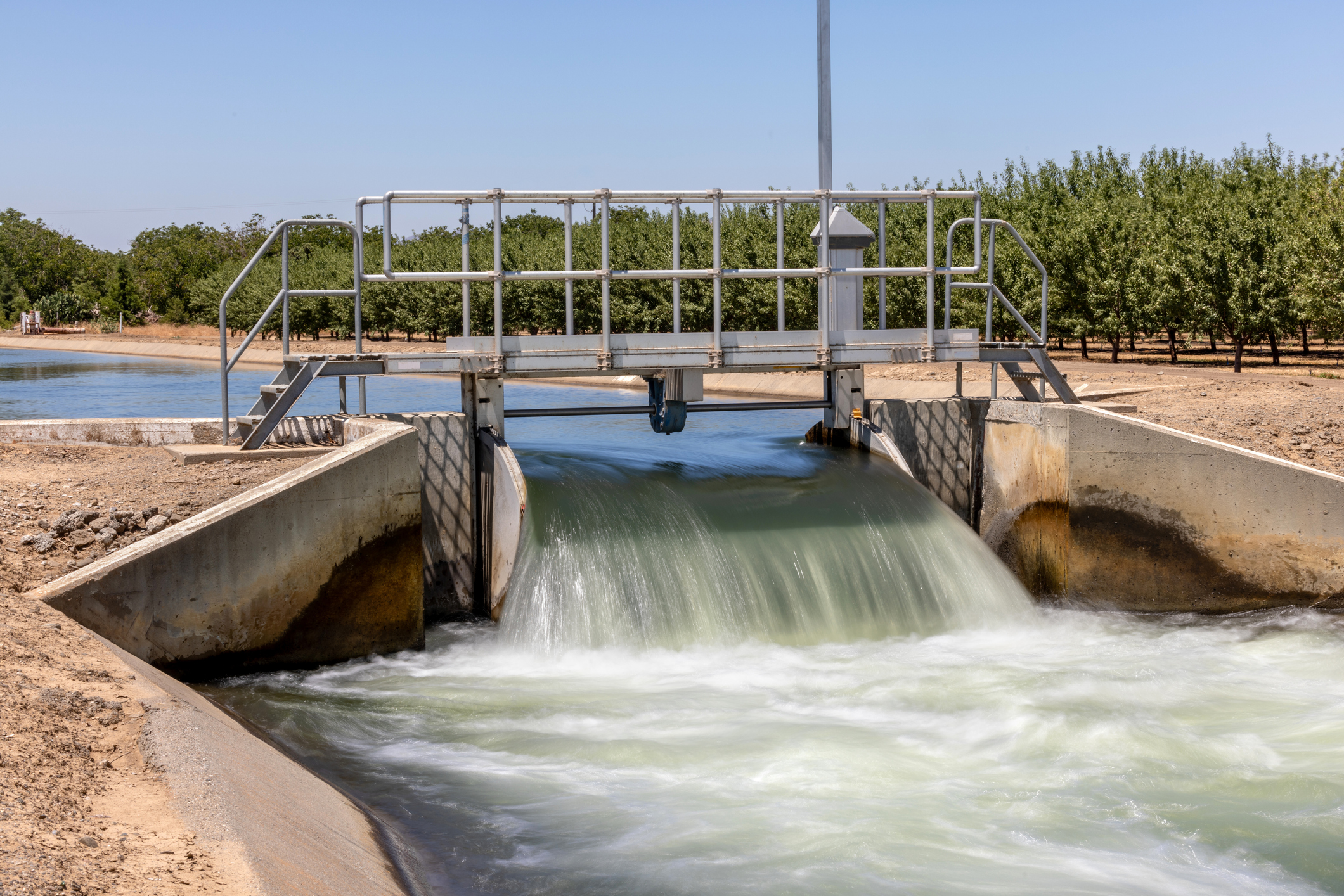
EPA Publishes Effluent Guidelines Program Plan 15
février 14, 2023
The EPA announced updated effluent limitations guidelines under Plan 15, focusing on the evaluation and rulemaking process for per- and polyfluoroalkyl substances (PFAS) discharges.

Phase I ESA ASTM Standard Update: The Wait is Over
Décembre 21, 2022
The USEPA published a Final Rule making the ASTM E1527-21 Phase I ESA standard AAI compliant.

Equipment Decontamination and Replacement of Legacy Aqueous Film Forming Foams
Décembre 21, 2022
Legacy AFFF used for firefighting are a significant source of PFAS in the environment. With current and expected regulation, many entities are looking for replacements.
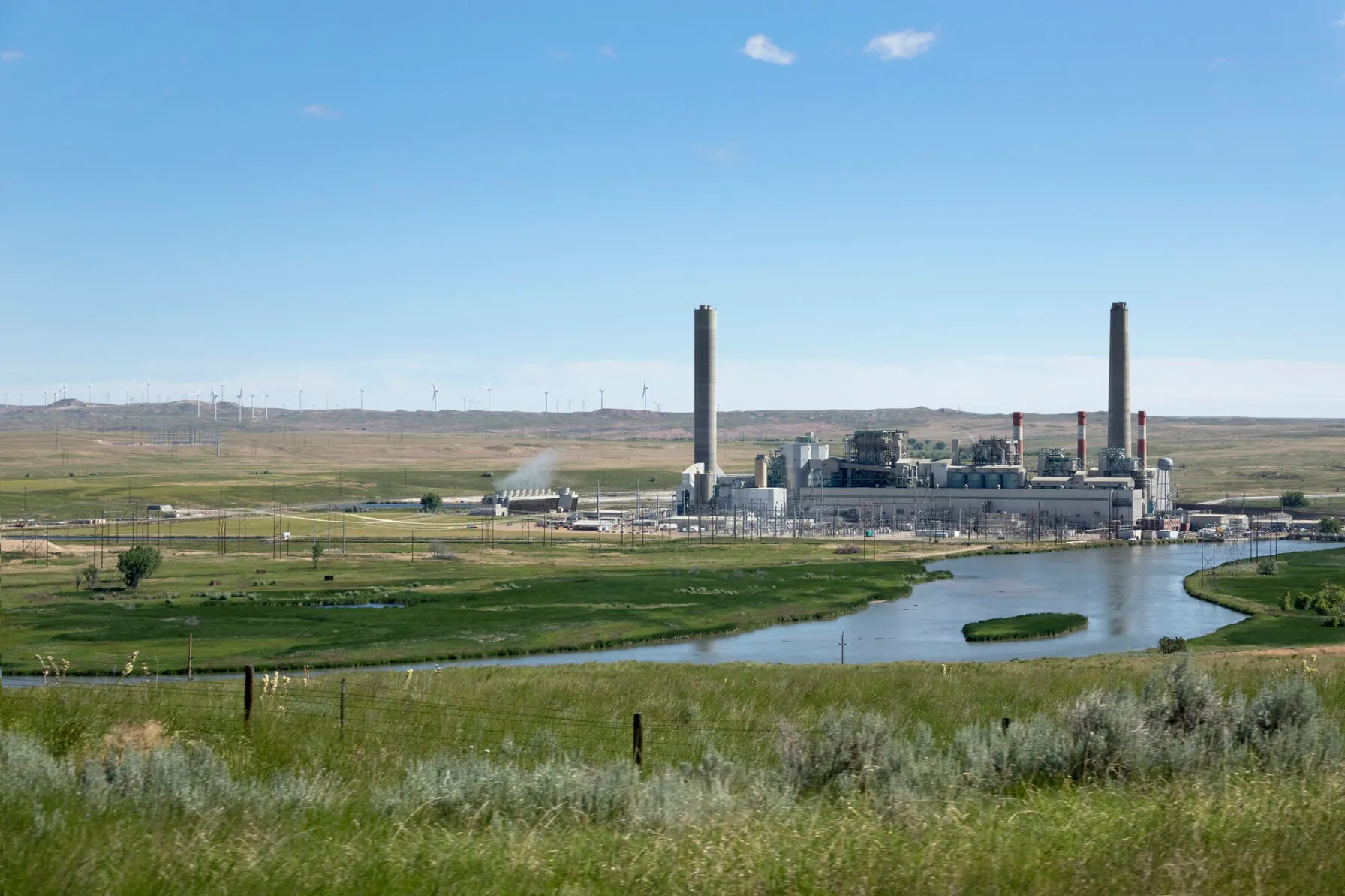
Preparing Your RMP Facility for a Future of Extreme Weather
novembre 29, 2022
Facilities dealing with hazardous materials must prepare for extreme weather events that pose a risk to their operations and the community.

Data Requirements to Improve Statistical Decision Making
octobre 25, 2022
One goal of statistics is to draw meaningful inferences but your dataset must be large enough to provide technically-defensible and robust statistics.

Proactive Enforcement is Key in the EPA FY2022-2026 Strategy
octobre 19, 2022
A core element of the EPA FY2022-2026 Strategic Plan focuses on environmental compliance.

Preparing for EPA Inspections in Environmental Justice Communities
octobre 4, 2022
The EPA Office of Enforcement and Compliance Assurance Have Expanded Goals to Strengthen Enforcement and Protections Within EJ Communities

A Green Future for Stormwater Management
septembre 26, 2022
Green Stormwater Management is an effective strategy for flood control and pollution mitigation.

New National Emerging Contaminants Research Initiative
septembre 12, 2022
The Executive Office of the President of the United States announced a National Emerging Contaminant Research Initiative

Using Economic Impact Assessments to Share the Story of a Project or Facility
août 24, 2022
Economic Impact Assessments can demonstrate the positive effects a project has on the local economy.

NERC Proposes Implementation Guidance for PRC-019-2
août 22, 2022
NERC has proposed implementation guidance for PRC-019-2, the standard that verifies coordination of generating unit facility or synchronous condenser voltage regulating controls, limit functions, equipment capabilities and protection system settings.

Optimizing EHS/ESG Information Management and Reporting Systems by Leveraging Innovative Digital Technology Solutions
août 10, 2022
A single, integrated enterprise wide EHS/ESG IMS can significantly improve performance and communicate progress towards organizational requirements and goals.

Regulatory Compliance Items to Consider as Part of Transactional Due Diligence
juillet 19, 2022
Performing a limited environmental regulatory review can identify potential deficiencies with the environmental management of an acquisition.

Revisions to FAC-001 and FAC-002 Submitted for FERC Approval
juillet 12, 2022
Reliability Standards FAC-001-4 and FAC-002-will resolve uncertainty regarding the meaning of “materially modify” under the currently effective standards.

What Is an ESG Strategy and How Businesses Can Create One
juillet 7, 2022
All businesses seek profits, but today’s investors and shareholders want to see businesses making efforts to make the world a better place as they generate those profits.

FERC Order No. 881-A Has Implications for NERC Compliance Programs
juin 23, 2022
Updated Order will have significant impact on NERC compliance programs related to both PRC standards and facilities ratings. Utilities should review the Order’s requirements and prepare for changes needed to remain compliant.

ESG Social Criteria
juin 22, 2022
ESG criteria involve many different factors. In this article, we look at the social aspect of ESG criteria. Contact TRC today to develop your ESG strategy!
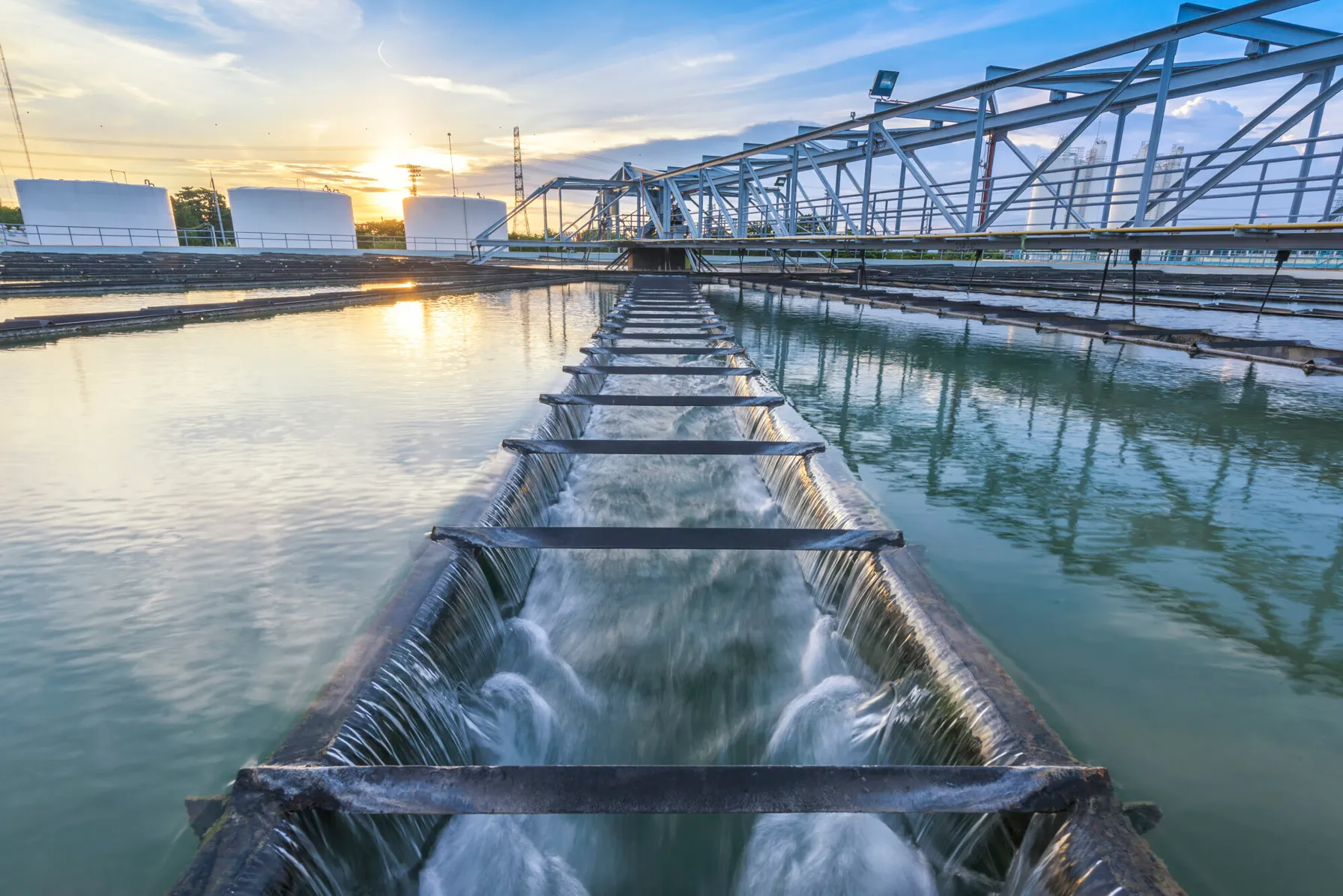
Integrating Sustainability, Digital Connectivity and Design Optimization in Wastewater Treatment Systems
juin 20, 2022
Some organizations rarely think about water and wastewater treatment, until there is a problem. American industry depends on the ability to treat wastewater discharges while complying with regulatory standards and addressing emerging contaminants. If wastewater treatment fails, our environment is negatively impacted, and companies are exposed to shutdowns, delays and fines.

Climate Action and Environmental Justice are at the Forefront of EPA’s Strategic Plan
juin 14, 2022
The EPA issued its Fiscal Year 2022-2026 Strategic Plan. Although the strategic plans emphases often change with administrations, we can be reasonably certain that the Plan reflects priorities through 2024.

What Are ESG Ratings and How Are They Given?
juin 12, 2022
Your ESG rating can make or break your business’s attractiveness to investors. Learn more about ESG ratings and how they work with TRS Company!

Support an Integrated EHS/ESG Management System
juin 10, 2022
Décision réglementaire provisoire et règle proposée Le 29 mars 2023, l’Environmental Protection Agency (EPA) des États-Unis a proposé un Règlement national sur l’eau potable primaire (NPDWR) pour six SPFA : Valeurs proposées du Règlement national sur l’eau potable primaire (NPDWR) SPFA ComposéMCLG non exécutoire (ppt)MCL exécutoire (ppt)HBWC (ppt) SPFO Acide perfluorooctanesulfonique04N/A APFO Acide perfluorooctanoïque04N/A PFNA Acide perfluorononanoïque HI=1 HI=1 10 PFHxS Acide perfluorohexanesulfonique9 HFPO-DA (Génération X) Acide dimère d’hexafluoro-propylène10 PFBS Acide sulfonique de perfluorobutane2000 Remarques : HBWC = Concentration d’eau basée sur la santé IH = Indice de danger non cancéreux = ∑ (concentration/HBWC) LCM = Concentration maximale de contaminants MCLG = Objectif de niveau maximal de contaminants S.O. = Sans Objet ; HBWC utilisé dans le calcul HI L’EPA propose d’établir des objectifs de concentration maximale de contaminants (MCLGs) non exécutoires basés sur la santé et des niveaux maximaux de contaminants (LCM) exécutoires pour ces composés. La proposition comprend la réglementation de l’APFO et du SPFO en tant que produits chimiques individuels. Il est proposé que les quatre autres SPFA – PFNA, PFHxS, GenX et PFBS – soient réglementées à l’aide d’une approche d’indice de danger (IH). Le reste du présent billet sera axé sur l’approche HI telle que proposée. Cliquez ici pour un aperçu de la règle proposée. Les commentaires du public doivent être reçus le 30 mai 2023.

NERC’s Revised PRC-024-3 Standard for Inverter-Based Generation Effective in October 2022
mai 11, 2022
Changes to PRC-024-3 in support of inverter-based generation performance are going into effect in October of this year. Interconnection programs and documentation procedures may need to be updated in order to maintain compliance.

FERC Issues Notice of Inquiry Regarding Dynamic Line Ratings
avril 25, 2022
There are significant technical challenges involved in implementing Dynamic Line Ratings in the planning and operation of utility systems. Utilities should be prepared to modify their NERC compliance programs as necessary to address the potential introduction of DLR in their businesses.

How to Use an Integrated Approach To Manage EHS and ESG Risks
avril 20, 2022
Décision réglementaire provisoire et règle proposée Le 29 mars 2023, l’Environmental Protection Agency (EPA) des États-Unis a proposé un Règlement national sur l’eau potable primaire (NPDWR) pour six SPFA : Valeurs proposées du Règlement national sur l’eau potable primaire (NPDWR) SPFA ComposéMCLG non exécutoire (ppt)MCL exécutoire (ppt)HBWC (ppt) SPFO Acide perfluorooctanesulfonique04N/A APFO Acide perfluorooctanoïque04N/A PFNA Acide perfluorononanoïque HI=1 HI=1 10 PFHxS Acide perfluorohexanesulfonique9 HFPO-DA (Génération X) Acide dimère d’hexafluoro-propylène10 PFBS Acide sulfonique de perfluorobutane2000 Remarques : HBWC = Concentration d’eau basée sur la santé IH = Indice de danger non cancéreux = ∑ (concentration/HBWC) LCM = Concentration maximale de contaminants MCLG = Objectif de niveau maximal de contaminants S.O. = Sans Objet ; HBWC utilisé dans le calcul HI L’EPA propose d’établir des objectifs de concentration maximale de contaminants (MCLGs) non exécutoires basés sur la santé et des niveaux maximaux de contaminants (LCM) exécutoires pour ces composés. La proposition comprend la réglementation de l’APFO et du SPFO en tant que produits chimiques individuels. Il est proposé que les quatre autres SPFA – PFNA, PFHxS, GenX et PFBS – soient réglementées à l’aide d’une approche d’indice de danger (IH). Le reste du présent billet sera axé sur l’approche HI telle que proposée. Cliquez ici pour un aperçu de la règle proposée. Les commentaires du public doivent être reçus le 30 mai 2023.

Why Are ESG Frameworks Important?
avril 13, 2022
ESG standards significantly impact long-term growth, leading many companies to integrate ESG reporting into their corporate social responsibility (CSR) strategies. ESG frameworks are broad and diverse, and establishing a reporting system that covers your industry’s most relevant metrics can be challenging.

EPA Coal Ash Compliance Expectations Updated
mars 28, 2022
New EPA Communications highlight new Coal Combustion Residual compliance expectations, a shift from the current program.

New NERC Guidance Supports the Implementation of Grid Forming Inverters
mars 8, 2022
NERC has issued a new report highlighting the key attributes of various inverter controls to support proper implementation and to protect reliability.
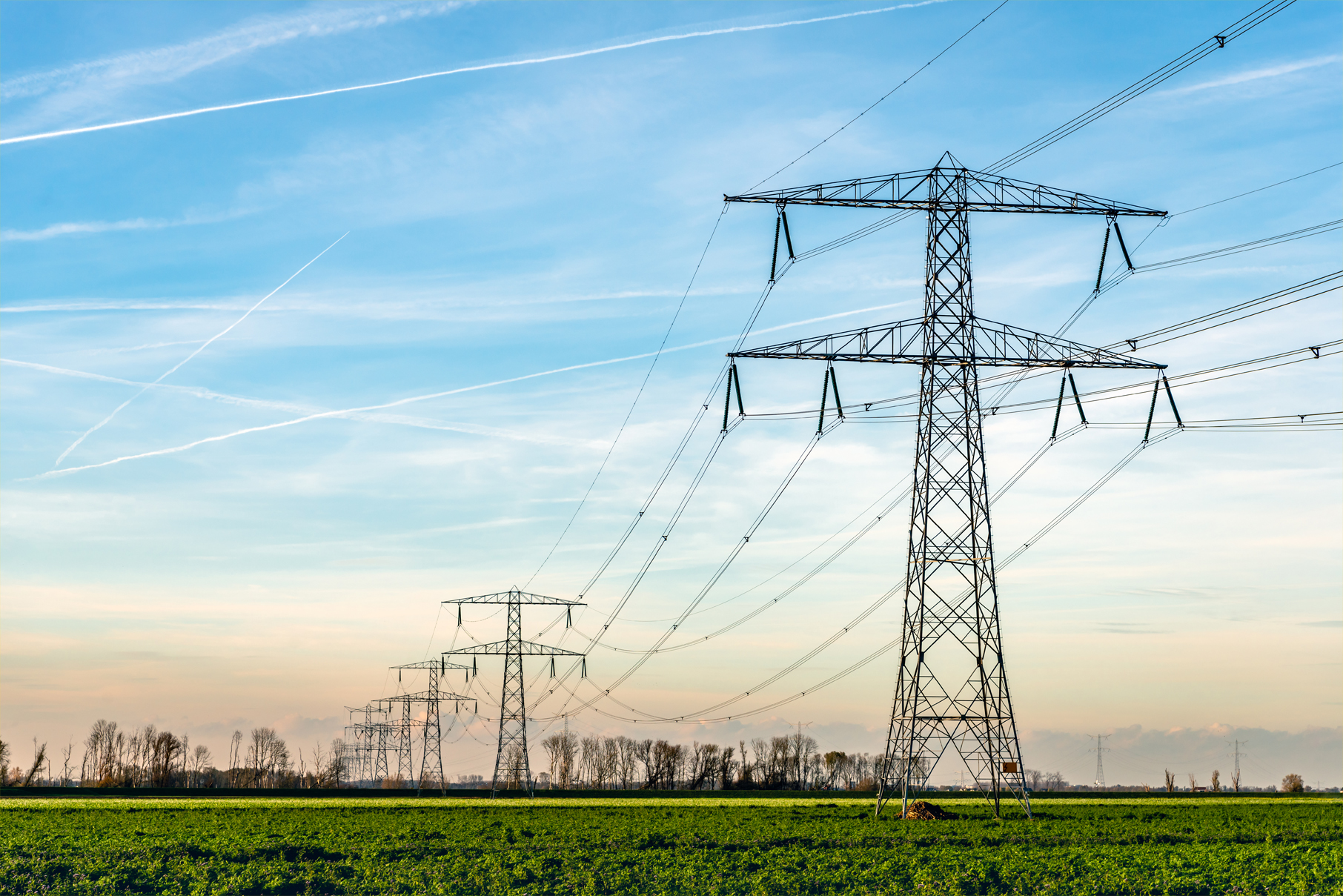
NERC Recommends Approaches for Underfrequency Load Shedding Programs
février 24, 2022
In a recently released reliability guideline, NERC recommends additional approaches for Underfrequency Load Shedding (UFLS) program design to help utilities effectively consider the effects of Distributed Energy Resources (DERs). The guidance was developed to address the accelerated transition of the power system to locally installed, decarbonized resources that depend on inverters. These new technologies introduce operational controls issues into the electric grid. UFLS data gathering and analysis methodologies may require modification to address reliability risks.
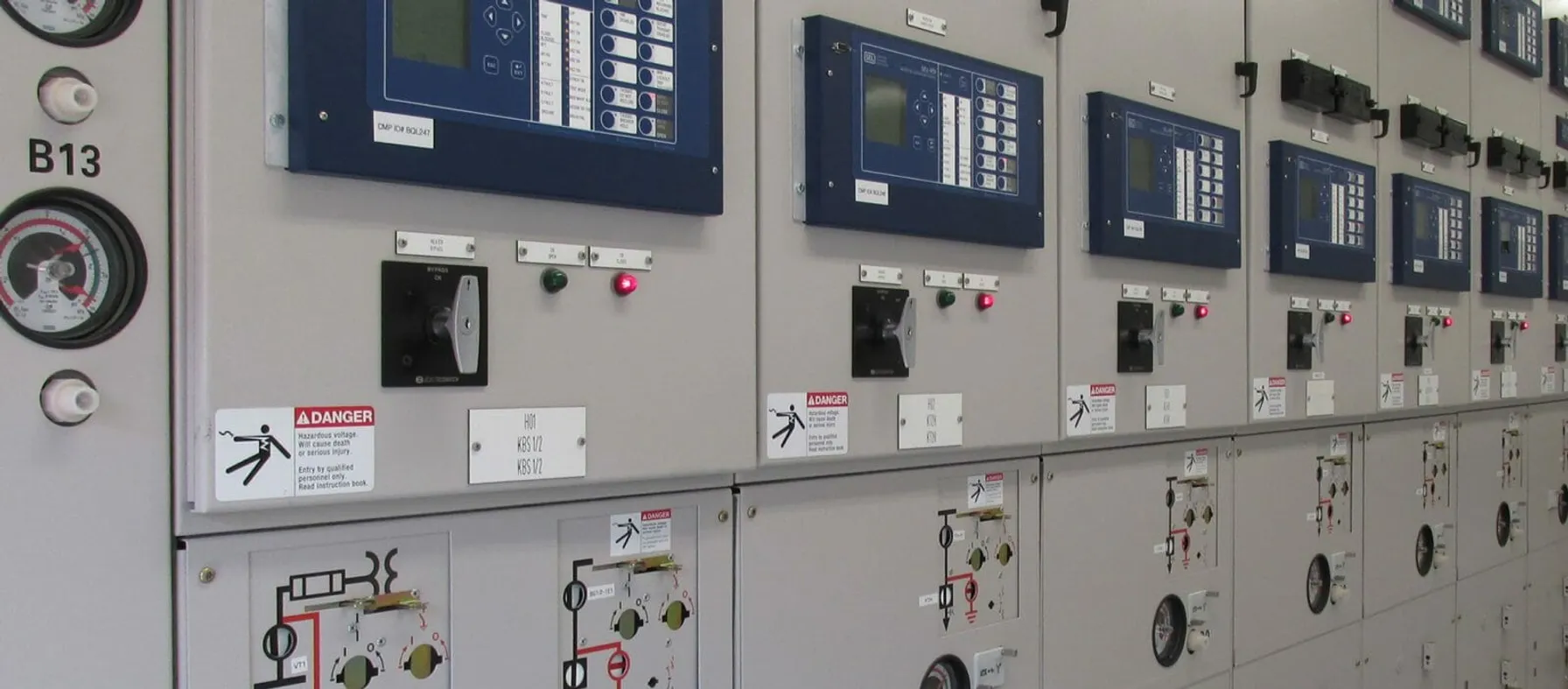
NERC and FERC Recommend Protection System Commissioning Improvements
janvier 18, 2022
Between 18 and 36 percent of reported utility misoperations were attributed to issues that could have been detected through a properly implemented PSC.

FERC & NERC Issue Joint Report on Freeze Reliability Failures
Décembre 15, 2021
The in-depth report outlines twenty-eight recommendations to address freeze reliability failures, including operating practices and recommendations for NERC standards modifications surrounding generator winterization and gas-electric coordination.

NERC Accelerates Additional Cold Weather Standards Changes
novembre 22, 2021
At its November 2021 meeting, NERC’s Board of Trustees took aggressive action to advance critical cold weather Reliability Standards. Most notably, the group approved the 2022-2024 Reliability Standards Development Plan, which prioritizes standards projects for the coming years including a resolution to include new cold weather operations, preparedness and coordination standards as high priority development projects.

OSHA’s National Emphasis Program on Heat-Related Illness and Injuries
novembre 3, 2021
On September 20, 2021 in an OSHA National News Release, OSHA published a memorandum establishing an enforcement initiative that is designed to prevent and protect employees from heat-related illnesses and death. This initiative, which develops a National Emphasis Program (NEP) on heat inspections, is an expansion of an already existing Regional Emphasis Program (REP) in OSHA’s Region VI, which covers Arkansas, Louisiana, New Mexico, Oklahoma and Texas.

New Potential Compliance Standards Identified at FERC Technical Conference on Reliability
octobre 18, 2021
With a focus on the reliability impact of extreme weather and the shortcomings of current system planning approaches, both NERC and FERC conference participants opened the door to potential forthcoming compliance standard enhancements or changes.

NJDEP Implements New Jersey Environmental Justice Law Through Administrative Order
octobre 5, 2021
On September 22, 2021, the New Jersey Department of Environmental Protection (NJDEP) Commissioner announced the issuance of Administrative Order (AO) No. 2021-25 to implement New Jersey’s Environmental Justice (EJ) Law. This order is effective immediately, and applicants seeking to site new major source facilities, renew major source permits or expand existing facilities with major source permits (e.g., Title V air permits) in overburdened communities are affected. There are more than 4.5 million people that live within 331 municipalities that are overburdened communities in the state of New Jersey.

OSHA Returns to In-Person Inspections As COVID-19 Restrictions Lift
août 4, 2021
The Occupational Safety and Health Administration (OSHA) is authorized by the Occupational Safety and Health Act of 1970 (OSH Act) to assure employers provide safe and healthful work conditions free of recognized hazards and by setting and enforcing standards and providing training, outreach, education and technical assistance. OSHA has recently announced the return to in-person inspections as COVID-19 restrictions begin to lift.

TRC and T.D. Williamson Partner to Provide Safe, Innovative and Cost-Saving Services to Pipeline Operators
juillet 18, 2021
TRC is teaming with T.D. Williamson to help oil and gas clients navigate the compliance issues surrounding PHMSA’s upcoming Gas Mega Rule.

NERC Proposes Revisions to CIP-008
mars 27, 2021
NERC’s CIP-008 standard aims to mitigate reliability risks resulting from a Cyber Security Incident by specifying incident response requirements. Newly proposed revisions would augment mandatory reporting to include incidents that compromise, or attempt to compromise, a utility’s Electronic Security Perimeter (ESP) or associated Electronic Access Control or Monitoring Systems (EACMS).

EPA continues to aggressively address PFAS wastewater with two new strategies
janvier 4, 2021
EPA takes steps toward PFAS wastewater and storm water permitting, and analytical methods for testing.

Ecological Risk of PFAS from AFFF-Impacted Sites
juin 30, 2020
The facts on evaluating exposure to wildlife

INGAA Foundation Elects TRC’s Lauren O’Donnell as Chair
février 5, 2020
The board of directors of the INGAA Foundation elected Lauren O’Donnell as its chair for a one-year term.

TRC and Environmental Partners, Inc. (EPI) have entered into definitive agreement for the sale of EPI’s business
novembre 25, 2019
TRC and Environmental Partners, Inc. (EPI) have entered into definitive agreement for the sale of EPI’s business
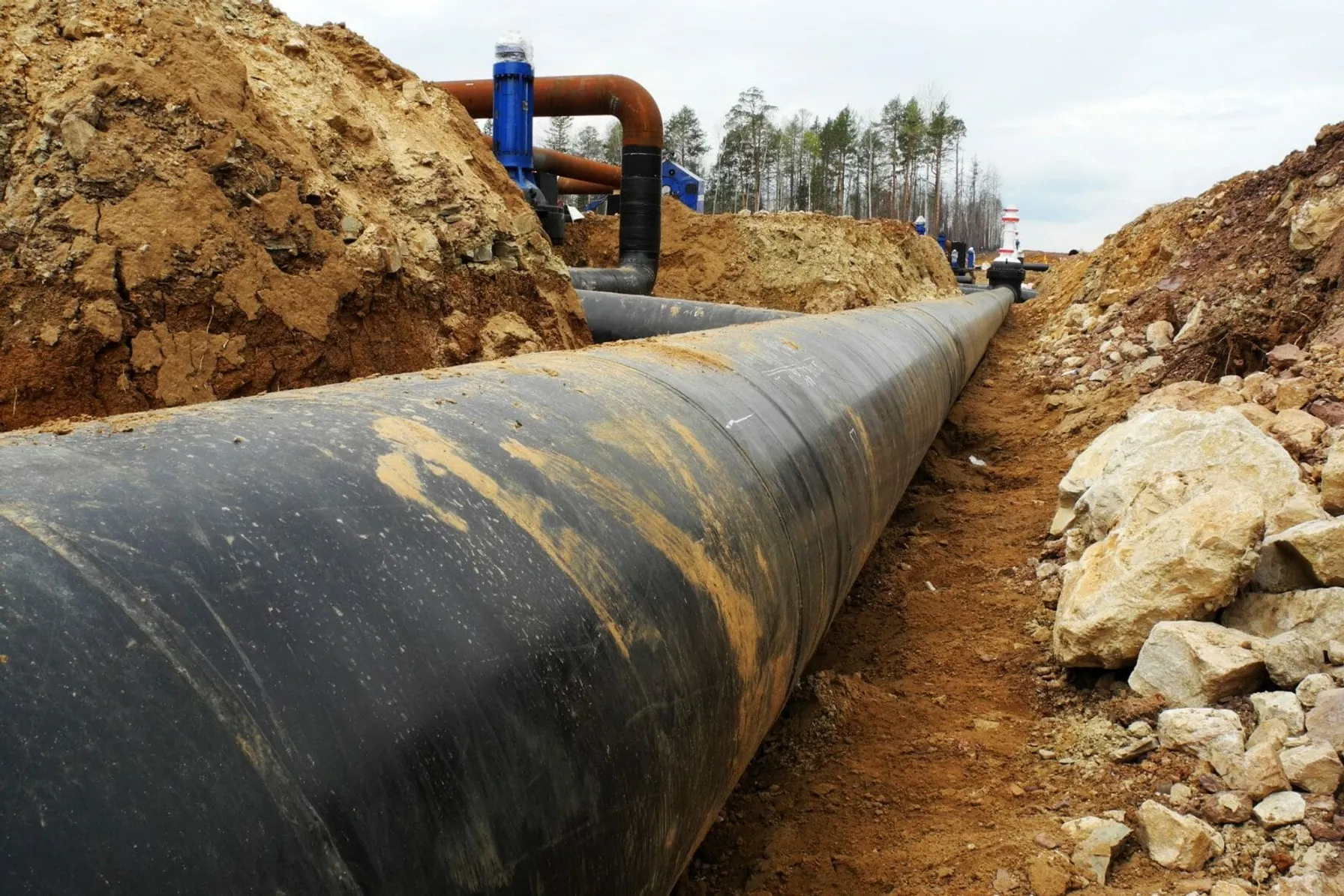
Targeting Perfection in the Construction and Operation of Pipelines
octobre 18, 2019
To have an impact on the delivery or operation of a pipeline, it’s vital to eliminate the intra- and inter-company barriers, including those in the areas of communications, culture and technology.

How Much Does Operator Qualification Matter for In-Line Inspection of Pipelines?
octobre 9, 2019
Successful pipeline inspectors and analysts need more than just the right certifications. Even more important is proper experience and on-the-job training.

PHMSA Publishes New Rules to Increase the Safety of Hazardous Liquid Pipelines and Gas Transmission Pipelines
septembre 25, 2019
The Pipeline and Hazardous Materials Safety Administration this week published important new rules aimed at improving pipeline safety.

NERC Calls for New Approach to Reliability Planning Due to Gas Supply Disruption Risks
Décembre 14, 2017
A recently published NERC report concludes that as reliance on natural gas to meet electric generation requirements increases, additional planning and operational measures must be considered to mitigate power system reliability risks.
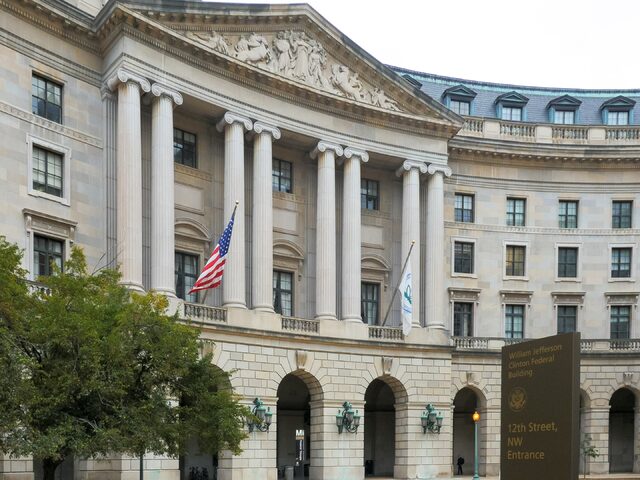
EPA Unveils Largest Deregulatory Initiative in U.S. History
avril 1, 2025
Environmental Protection Agency (EPA) Administrator Lee Zeldin has announced the Agency’s plan to undertake 31 deregulatory actions with the stated goal of driving down the cost of living for Americans and revitalizing the American energy and auto industry.

PM2.5 Révision annuelle du SNQA
mai 7, 2024
L’EPA des États-Unis a publié une règle finale fondée sur son réexamen de sa décision de 2020 de conserver les normes nationales de qualité de l’air ambiant (NQAA) primaires et secondaires pour les matières particulaires (MP) sans révision.

Le NJDEP publie des mises à jour et des modifications sur la gestion des eaux pluviales
avril 12, 2024
Le New Jersey Department of Environmental Protection (NJDEP) a récemment publié deux nouvelles exigences relatives à son programme new Jersey Pollutant Discharge Elimination System (NJPDES) qui affectent les exigences de cartographie des municipalités et le dimensionnement des nouvelles pratiques de gestion des eaux pluviales.

Les modifications apportées au Règlement sur le programme de gestion des risques (PGR) de l’EPA sont ici
avril 3, 2024
Les modifications apportées aux règlements du Programme de gestion des risques (PGR) ont été signées dans une règle finale le 27 février 2024 par l’administrateur de l’EPA, Michael S. Regan.

Are You Prepared for 2024 TSCA Chemical Data Reporting?
octobre 9, 2023
Chemical Data Reporting (CDR), like the Olympics, occurs every four years, and then most facilities move on to more pressing environmental, health and safety (EHS) matters.

Intro to NERC Regulatory Guidance on Inverter-Based Resources
août 29, 2023
As renewable energy proliferates across the US power system, the North American Electric Reliability Corporation (NERC) continues to actively address reliability risks resulting from the implementation of inverter-based resources (solar and wind generation technology) connected at both transmission and Distributed Energy Resources (DER) levels.

Utilisation proposée d’un indice de danger pour le Règlement national sur l’eau potable primaire (NPDWR) sur les SPFA
avril 4, 2023
La LCM et la MCLG proposées pour les quatre SPFA, LE PFNA, le PFHxS, le GenX et le PFBS considèrent leur toxicité comme additif. L’EPA a proposé un IH de 1,0 en tant que MCL et MCLG pour les quatre SPFA combinés.

Setting the Stage for Effective Environmental Compliance Recordkeeping
mars 21, 2023
Recordkeeping is an integral component of demonstrating compliance with environmental regulations.

Equipment Decontamination and Replacement of Legacy Aqueous Film Forming Foams
Décembre 21, 2022
Legacy AFFF used for firefighting are a significant source of PFAS in the environment. With current and expected regulation, many entities are looking for replacements.

Preparing Your RMP Facility for a Future of Extreme Weather
novembre 29, 2022
Facilities dealing with hazardous materials must prepare for extreme weather events that pose a risk to their operations and the community.
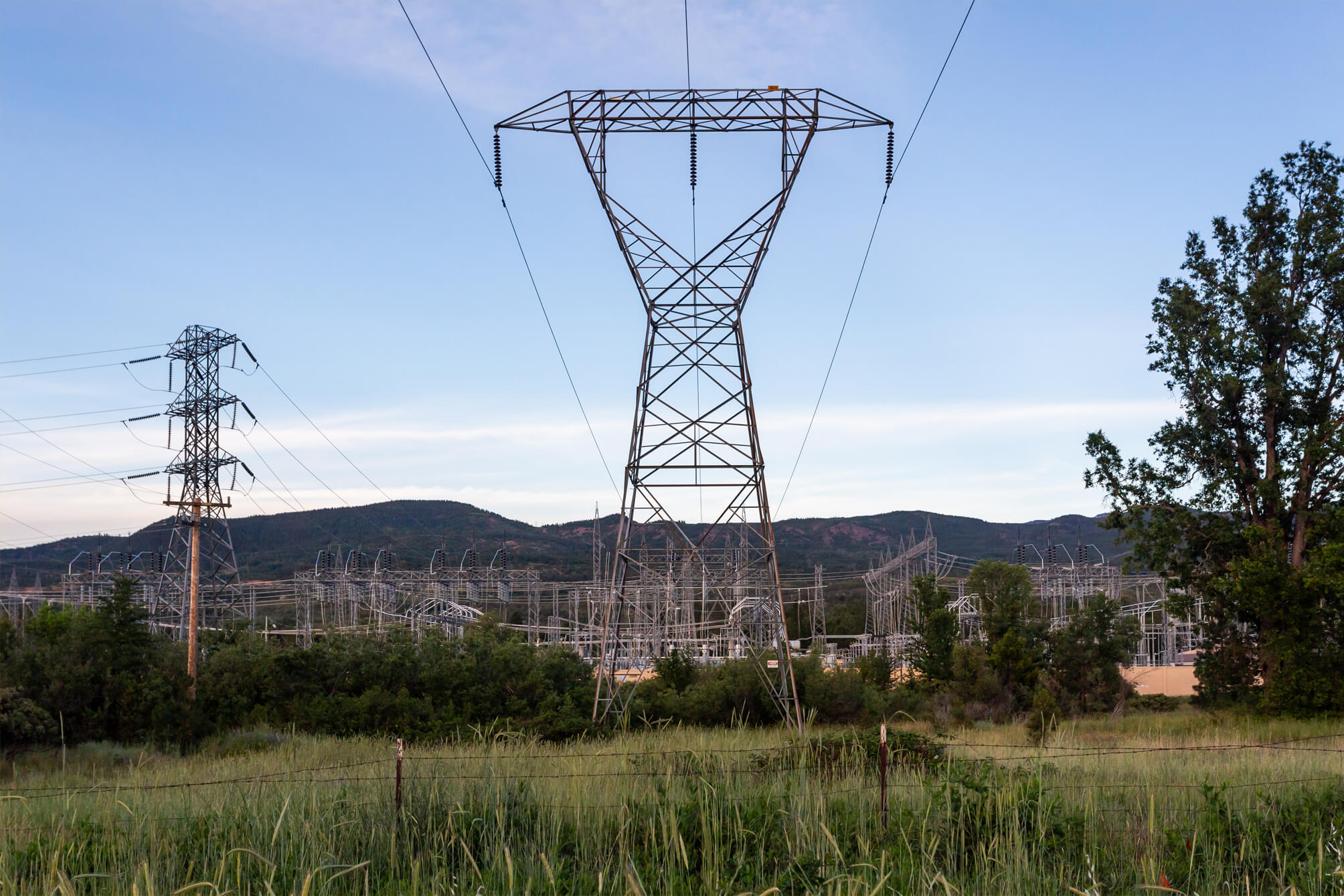
NERC Releases Inverter-Based Resource Strategy Plan
octobre 25, 2022
The North American Electric Reliability Corporation (NERC) recently released an Inverter-Based Resource (IBR) Strategy, which details the steps needed to successfully integrate IBR facilities into the planning and operation of the power system. The strategy was put in place due to the rapid interconnection of IBR systems, which are extensively used for solar and wind generating facilities, including new battery-based energy storage systems and are one of the most significant drivers of power grid transformation. Because of control system inconsistencies, IBR facilities pose well-documented risks to power system reliability when this strategy’s practices are not adhered to. NERC’s plan calls attention to the need for thoughtful integration of IBRs and identifies current and future work required to mitigate reliability risks resulting from the deployment of this technology.

NERC Releases 2022 State of Reliability Report
septembre 16, 2022
The North American Electric Reliability Corporation (NERC) recently released its 2022 State of Reliability report, which examines power system performance in calendar year 2021 and evaluates reliability performance trends. The 2022 report identified six key findings regarding power system performance that are summarized as follows:

NERC Proposes Implementation Guidance for PRC-019-2
août 22, 2022
NERC has proposed implementation guidance for PRC-019-2, the standard that verifies coordination of generating unit facility or synchronous condenser voltage regulating controls, limit functions, equipment capabilities and protection system settings.

Regulatory Compliance Items to Consider as Part of Transactional Due Diligence
juillet 19, 2022
Performing a limited environmental regulatory review can identify potential deficiencies with the environmental management of an acquisition.

Revisions to FAC-001 and FAC-002 Submitted for FERC Approval
juillet 12, 2022
Reliability Standards FAC-001-4 and FAC-002-will resolve uncertainty regarding the meaning of “materially modify” under the currently effective standards.

FERC Order No. 881-A Has Implications for NERC Compliance Programs
juin 23, 2022
Updated Order will have significant impact on NERC compliance programs related to both PRC standards and facilities ratings. Utilities should review the Order’s requirements and prepare for changes needed to remain compliant.

Climate Action and Environmental Justice are at the Forefront of EPA’s Strategic Plan
juin 14, 2022
The EPA issued its Fiscal Year 2022-2026 Strategic Plan. Although the strategic plans emphases often change with administrations, we can be reasonably certain that the Plan reflects priorities through 2024.

NERC’s Revised PRC-024-3 Standard for Inverter-Based Generation Effective in October 2022
mai 11, 2022
Changes to PRC-024-3 in support of inverter-based generation performance are going into effect in October of this year. Interconnection programs and documentation procedures may need to be updated in order to maintain compliance.

FERC Issues Notice of Inquiry Regarding Dynamic Line Ratings
avril 25, 2022
There are significant technical challenges involved in implementing Dynamic Line Ratings in the planning and operation of utility systems. Utilities should be prepared to modify their NERC compliance programs as necessary to address the potential introduction of DLR in their businesses.

New NERC Guidance Supports the Implementation of Grid Forming Inverters
mars 8, 2022
NERC has issued a new report highlighting the key attributes of various inverter controls to support proper implementation and to protect reliability.

NERC Recommends Approaches for Underfrequency Load Shedding Programs
février 24, 2022
In a recently released reliability guideline, NERC recommends additional approaches for Underfrequency Load Shedding (UFLS) program design to help utilities effectively consider the effects of Distributed Energy Resources (DERs). The guidance was developed to address the accelerated transition of the power system to locally installed, decarbonized resources that depend on inverters. These new technologies introduce operational controls issues into the electric grid. UFLS data gathering and analysis methodologies may require modification to address reliability risks.

NERC and FERC Recommend Protection System Commissioning Improvements
janvier 18, 2022
Between 18 and 36 percent of reported utility misoperations were attributed to issues that could have been detected through a properly implemented PSC.

FERC & NERC Issue Joint Report on Freeze Reliability Failures
Décembre 15, 2021
The in-depth report outlines twenty-eight recommendations to address freeze reliability failures, including operating practices and recommendations for NERC standards modifications surrounding generator winterization and gas-electric coordination.

NERC Accelerates Additional Cold Weather Standards Changes
novembre 22, 2021
At its November 2021 meeting, NERC’s Board of Trustees took aggressive action to advance critical cold weather Reliability Standards. Most notably, the group approved the 2022-2024 Reliability Standards Development Plan, which prioritizes standards projects for the coming years including a resolution to include new cold weather operations, preparedness and coordination standards as high priority development projects.

PRC-002-2 Disturbance Monitoring and Reporting Standard: Initial Mandatory Implementation Plan Dates Approach
novembre 18, 2021
The Federal Energy Regulatory Commission approved PRC-002-2 in September, 2015. The initial due date for system studies necessary to identify locations for the collection of disturbance related data under Requirement R1 is January 1, 2017.

OSHA’s National Emphasis Program on Heat-Related Illness and Injuries
novembre 3, 2021
On September 20, 2021 in an OSHA National News Release, OSHA published a memorandum establishing an enforcement initiative that is designed to prevent and protect employees from heat-related illnesses and death. This initiative, which develops a National Emphasis Program (NEP) on heat inspections, is an expansion of an already existing Regional Emphasis Program (REP) in OSHA’s Region VI, which covers Arkansas, Louisiana, New Mexico, Oklahoma and Texas.

New Potential Compliance Standards Identified at FERC Technical Conference on Reliability
octobre 18, 2021
With a focus on the reliability impact of extreme weather and the shortcomings of current system planning approaches, both NERC and FERC conference participants opened the door to potential forthcoming compliance standard enhancements or changes.

NJDEP Implements New Jersey Environmental Justice Law Through Administrative Order
octobre 5, 2021
On September 22, 2021, the New Jersey Department of Environmental Protection (NJDEP) Commissioner announced the issuance of Administrative Order (AO) No. 2021-25 to implement New Jersey’s Environmental Justice (EJ) Law. This order is effective immediately, and applicants seeking to site new major source facilities, renew major source permits or expand existing facilities with major source permits (e.g., Title V air permits) in overburdened communities are affected. There are more than 4.5 million people that live within 331 municipalities that are overburdened communities in the state of New Jersey.

OSHA Returns to In-Person Inspections As COVID-19 Restrictions Lift
août 4, 2021
The Occupational Safety and Health Administration (OSHA) is authorized by the Occupational Safety and Health Act of 1970 (OSH Act) to assure employers provide safe and healthful work conditions free of recognized hazards and by setting and enforcing standards and providing training, outreach, education and technical assistance. OSHA has recently announced the return to in-person inspections as COVID-19 restrictions begin to lift.

TRC and T.D. Williamson Partner to Provide Safe, Innovative and Cost-Saving Services to Pipeline Operators
juillet 18, 2021
TRC is teaming with T.D. Williamson to help oil and gas clients navigate the compliance issues surrounding PHMSA’s upcoming Gas Mega Rule.

NERC Proposes Revisions to CIP-008
mars 27, 2021
NERC’s CIP-008 standard aims to mitigate reliability risks resulting from a Cyber Security Incident by specifying incident response requirements. Newly proposed revisions would augment mandatory reporting to include incidents that compromise, or attempt to compromise, a utility’s Electronic Security Perimeter (ESP) or associated Electronic Access Control or Monitoring Systems (EACMS).

NERC Releases 2021 Compliance Monitoring and Enforcement Findings
février 8, 2021
NERC’s 2021 Compliance Monitoring and Enforcement Program reframes the previous year’s risks and their associated areas of focus. Utilities should review their compliance programs and internal controls to determine if enhancement or changes are need to maintain compliance.

2020 TSCA Chemical Data Reporting (CDR)
Décembre 7, 2020
Earlier this year, EPA revised the CDR rule to reflect the 2016 amendments to TSCA, including changes for foreign-owned businesses and the reporting responsibilities of suppliers and contractors, as well as an exemption for small businesses.

Integrity Dig Integrated Services
août 4, 2020
Our Integrity Engineers, Surveyors, Right-of-Way Experts and Environmental Scientists are well-versed in all phases of integrity dig programs from preparing the pipeline for a tool run, interpreting results, verifying proper repair procedures and obtaining federal and state environmental approvals. Our team includes former pipeline operators, survey experts, PHMSA and environmental regulators and trainers. We developed the current ILI training curriculum for PHMSA’s training program.

INGAA Foundation Elects TRC’s Lauren O’Donnell as Chair
février 5, 2020
The board of directors of the INGAA Foundation elected Lauren O’Donnell as its chair for a one-year term.

Targeting Perfection in the Construction and Operation of Pipelines
octobre 18, 2019
To have an impact on the delivery or operation of a pipeline, it’s vital to eliminate the intra- and inter-company barriers, including those in the areas of communications, culture and technology.

How Much Does Operator Qualification Matter for In-Line Inspection of Pipelines?
octobre 9, 2019
Successful pipeline inspectors and analysts need more than just the right certifications. Even more important is proper experience and on-the-job training.

PHMSA Publishes New Rules to Increase the Safety of Hazardous Liquid Pipelines and Gas Transmission Pipelines
septembre 25, 2019
The Pipeline and Hazardous Materials Safety Administration this week published important new rules aimed at improving pipeline safety.

NERC Calls for New Approach to Reliability Planning Due to Gas Supply Disruption Risks
Décembre 14, 2017
A recently published NERC report concludes that as reliance on natural gas to meet electric generation requirements increases, additional planning and operational measures must be considered to mitigate power system reliability risks.

What Hydrogen Production Technologies Qualify for the 45V Tax Credit?
février 26, 2025
The 45V Tax Credit, formally known as the “Credit for Production of Clean Hydrogen and Energy Credit,” became effective on January 10, 2025 when it was published in the Federal Register. The 45V Tax Credit is one of the 21 tax credits that were created or amended by the Inflation Reduction Act (IRA). Finalization of this tax credit is important news to hydrogen project developers and financiers.

Prendre le crédit
mars 15, 2024
Une introduction à l’Inflation Reduction Act (IRA) – le plus grand investissement climatique de l’histoire du gouvernement fédéral américain – examinant ce que les gestionnaires d’EH &S doivent savoir sur cette législation de grande portée.

Règles de la SEC en faveur des divulgations liées au climat
mars 8, 2024
Dans une décision climatique tant attendue, la Securities and Exchange Commission (SEC) a statué 3-2 en faveur des divulgations liées au climat le 6 mars 2024.

L’EPA propose des règles pour la redevance sur les émissions de déchets imposée par l’IRA pour le méthane
février 6, 2024
L’EPA a proposé des règles pour mettre en œuvre le programme de redevance sur les émissions de déchets (WEC) pour les installations qui dépassent un seuil d’émissions de déchets

Ce que vous devez savoir sur la directive européenne sur les rapports de durabilité des entreprises (CSRD)
janvier 19, 2024
Le 1er janvier 2024 marque le début du premier délai de déclaration pour les entreprises dans le cadre de la directive de l’Union européenne sur les rapports sur la durabilité des entreprises (CSRD).

Le voyage vers net zéro commence par comprendre la destination
Décembre 7, 2023
Nous pouvons assurer l’intégrité de la mise en œuvre du zéro émission nette en comprenant le cadre évolutif de la définition de zéro émission nette.
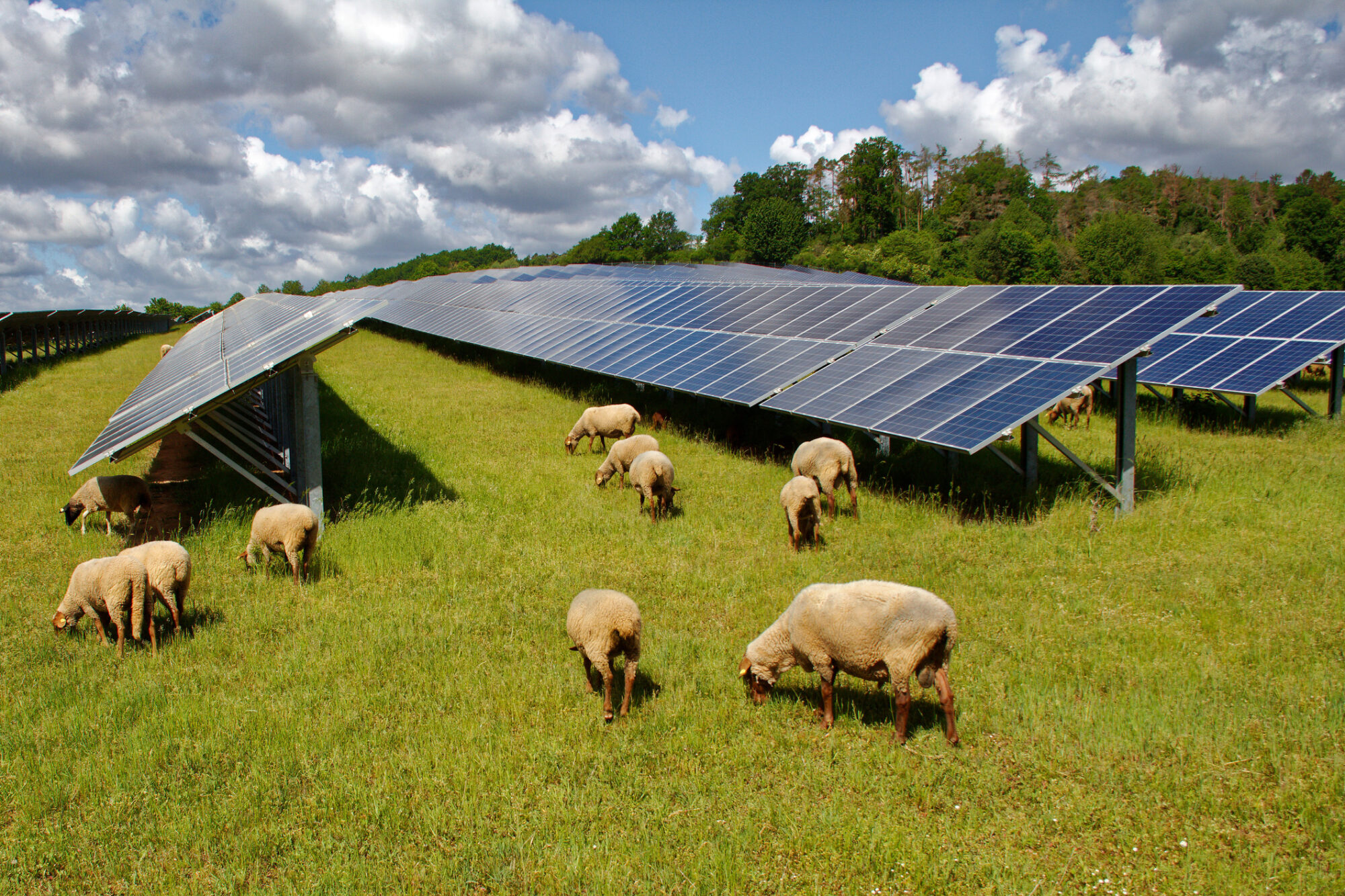
Agrivoltaics: A Sustainable Way to Harvest Sunshine
octobre 10, 2023
Learn how incorporating agricultural practices into your solar development improves project success.

Optimizing Offsets
septembre 7, 2023
Ensure Carbon Offsets Support Your Organization’s Climate Strategy

New Jersey Implements Landmark Environmental Justice Regulations
août 2, 2023
A new landmark Environmental Justice (EJ) law is now effective in New Jersey following a lengthy rulemaking process surrounding the New Jersey Department of Environmental Protection’s (NJDEP) Administration Order (AO) No. 2021-25. It is the first rule of its kind and the strongest EJ regulation in the nation.

EPA Proposes Regulation of Green House Gas Emissions
juillet 10, 2023
This article highlights the EPA’s proposed rules to regulate greenhouse gas emissions from power plants and the potential impact on new and existing fossil fuel-fired facilities.

California Advances Plastic Packaging Law
juillet 7, 2023
As rulemaking deadlines and compliance timeframes approach, how will your organization be impacted?

Organizing for Project Success
juin 22, 2023
Many organizations are establishing Project Management Organizations (PMOs) to improve project management within their organizations. While there can be many reasons for establishing a PMO, most are established to improve project management with respect to schedule, cost, quality and risk. This article provides an overview of factors to consider when deciding on which type of PMO is most suitable for your organization and how best to implement a successful and high-performing PMO.

Community Benefits Plans – A Winning Formula for Federal Funding
mai 12, 2023
The CBP acts as the project’s roadmap for ensuring communities workers, and other stakeholders have opportunities for meaningful engagement.

New Executive Order 14096 Broadens Environmental Justice Initiatives
mai 9, 2023
Executive Order 14096, Revitalizing Our Nation’s Commitment to Environmental Justice for All, seeks to deepen the Biden administration’s “whole-of-government” approach to environmental justice (EJ) by fully integrating the consideration of unserved and overburdened communities and populations into all aspects of federal agency planning and delivery of services.

Agrivoltaics
février 8, 2023
Agrivoltaics is the simultaneous use of land for both solar photovoltaic power generation and agriculture.

VaporSafe™ Continuous Air Monitoring Technology
janvier 9, 2023
VaporSafe™ continuous air monitoring technology can be used as a sustainable solution to identify a vapor intrusion pathway.
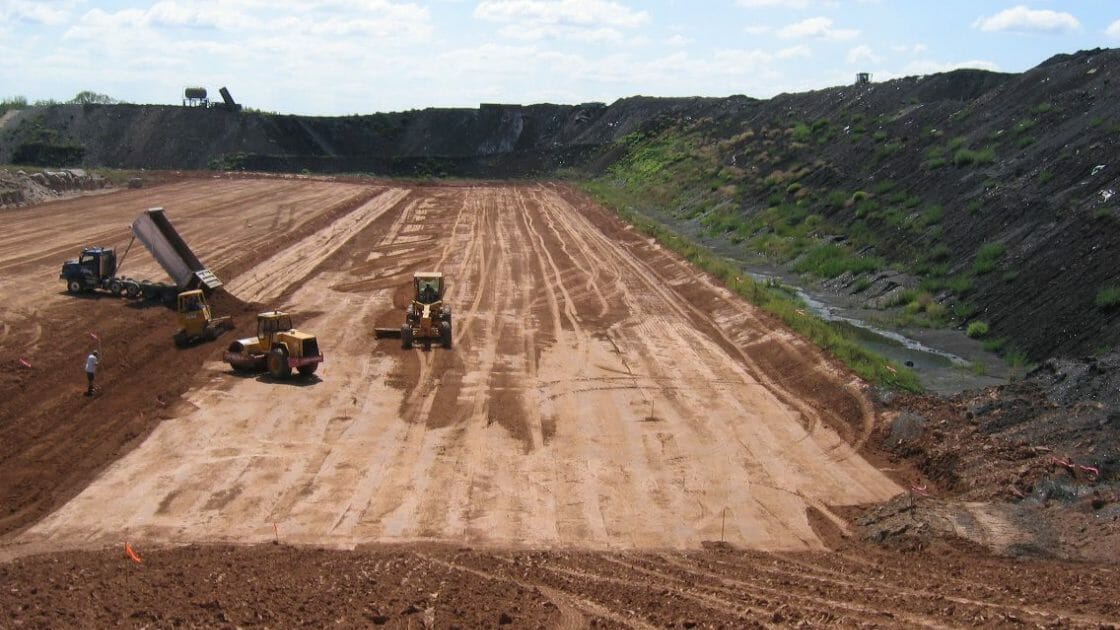
Green and Sustainable Remediation
janvier 9, 2023
Green and sustainable remediation (GSR) can optimize remedial activities, minimize environmental footprints and reduce social and economic impacts.

How to Develop a Climate Resiliency Plan for Extreme Weather Events
Décembre 15, 2022
Planning now for weather-related risks is crucial to preserving local communities.

Carbon Sequestration
Décembre 14, 2022
Carbon Sequestration is an emerging technology to combat climate change by mitigating carbon emissions.

Preparing Your RMP Facility for a Future of Extreme Weather
novembre 29, 2022
Facilities dealing with hazardous materials must prepare for extreme weather events that pose a risk to their operations and the community.

Data Requirements to Improve Statistical Decision Making
octobre 25, 2022
One goal of statistics is to draw meaningful inferences but your dataset must be large enough to provide technically-defensible and robust statistics.

Proactive Enforcement is Key in the EPA FY2022-2026 Strategy
octobre 19, 2022
A core element of the EPA FY2022-2026 Strategic Plan focuses on environmental compliance.

Preparing for EPA Inspections in Environmental Justice Communities
octobre 4, 2022
The EPA Office of Enforcement and Compliance Assurance Have Expanded Goals to Strengthen Enforcement and Protections Within EJ Communities

TRC Companies Inc. welcomes the Founder and Key Principals of ESG Advisory Firm Enzo Advisors, LLC
septembre 27, 2022
TRC Companies announces the expansion of its Climate Solutions offering and ESG capabilities with the addition of the Founder and CEO, and key members of Enzo Advisors, LLC

A Green Future for Stormwater Management
septembre 26, 2022
Green Stormwater Management is an effective strategy for flood control and pollution mitigation.

ESG Social Criteria
juin 22, 2022
ESG criteria involve many different factors. In this article, we look at the social aspect of ESG criteria. Contact TRC today to develop your ESG strategy!

ESG vs. CSR | Differences, Definitions & Implementation
juin 19, 2022
ESG and CSR both address the need for corporate social responsibility in businesses but in different ways. Click here to learn more about ESG vs. CSR!

Climate Action and Environmental Justice are at the Forefront of EPA’s Strategic Plan
juin 14, 2022
The EPA issued its Fiscal Year 2022-2026 Strategic Plan. Although the strategic plans emphases often change with administrations, we can be reasonably certain that the Plan reflects priorities through 2024.

What Are ESG Ratings and How Are They Given?
juin 12, 2022
Your ESG rating can make or break your business’s attractiveness to investors. Learn more about ESG ratings and how they work with TRS Company!

TRC Companies Pledges to Achieve Net Zero GHG Emissions by 2040
avril 26, 2022
TRC Companies, a digitally powered and environmentally focused global professional services firm, announced its commitment to achieve Net Zero greenhouse gas (GHG) emissions across its full value chain by 2040, aligning with the most ambitious aim of the Paris Agreement to limit global temperature rises to 1.5 °C.

Why Are ESG Frameworks Important?
avril 13, 2022
ESG standards significantly impact long-term growth, leading many companies to integrate ESG reporting into their corporate social responsibility (CSR) strategies. ESG frameworks are broad and diverse, and establishing a reporting system that covers your industry’s most relevant metrics can be challenging.

How Does ESG Address Social Concerns?
février 1, 2022
Social criteria encompass relationship management and how the company fits into the community where it produces its goods or services. Learn more.

How Does ESG Address Corporate Governance?
novembre 15, 2021
Environmental, social and governance (ESG) criteria can direct investors’ decisions regarding which companies they choose to support. Each component plays a crucial role in risk assessment.

How Does ESG Address Environmental Concerns?
octobre 22, 2021
When investors consider where to put their money, they may examine environmental, social and governance (ESG) criteria, learn about a company’s core values and decide if they align with their own. Young people, in particular, search out this information to make decisions that align with their morals.

What Is Environmental, Social and Corporate Governance?
octobre 10, 2021
Several key considerations help determine whether an investor decides to support a particular company. While many factors can tip the scales, investors are increasingly seeking out businesses that uphold higher standards. Therefore, companies should openly communicate their standards to make it easier for investors to understand their values.

NJDEP Implements New Jersey Environmental Justice Law Through Administrative Order
octobre 5, 2021
On September 22, 2021, the New Jersey Department of Environmental Protection (NJDEP) Commissioner announced the issuance of Administrative Order (AO) No. 2021-25 to implement New Jersey’s Environmental Justice (EJ) Law. This order is effective immediately, and applicants seeking to site new major source facilities, renew major source permits or expand existing facilities with major source permits (e.g., Title V air permits) in overburdened communities are affected. There are more than 4.5 million people that live within 331 municipalities that are overburdened communities in the state of New Jersey.

Screening ESG Risks in Autonomous Robotics Investments
septembre 9, 2021
Environmental, social & governance (ESG) issues are important considerations with autonomous robotics due to potential reputational risks.

Cryptocurrency: The Environmental Threats and Opportunities
août 9, 2021
Cryptocurrency (also known as crypto) is taking the fintech industry by storm, despite the economic experts who still dismiss it as a viable form of currency. Although often criticized for this volatility, whistleblowers are also further shining a light on the severe toll that these digital currencies are taking on the environment.

Managing EHS & ESG Risks Through Integrated Systems Today and Beyond
juillet 22, 2021
It has been more than 50 years since the development and establishment of the federal Environmental Protection Agency (EPA) and the federal Occupational Safety & Health Administration (OSHA) which were formed to protect our environment and workplaces across the United States. Significant laws, policies and regulations followed to establish the “regulatory programs” that all applicable businesses and entities must address and meet to ensure these compliance-driven legislative programs would create a foundation to protect our society.

The View on Climate Change has Changed in Washington
mars 1, 2021
The Biden Administration signals both a renewed and accelerated focus on climate change.

EHS Due Diligence in 2022
Décembre 7, 2020
Some of observations and trends in the EHS due diligence market since the beginning of the pandemic.

TRC Announces Collaboration with Greenstone Reinforcing Integrated ESG, Sustainability and Climate Risk Solutions
juin 26, 2020
On September 22, 2021, the New Jersey Department of Environmental Protection (NJDEP) Commissioner announced the issuance of Administrative Order (AO) No. 2021-25 to implement New Jersey’s Environmental Justice (EJ) Law. This order is effective immediately, and applicants seeking to site new major source facilities, renew major source permits or expand existing facilities with major source permits (e.g., Title V air permits) in overburdened communities are affected. There are more than 4.5 million people that live within 331 municipalities that are overburdened communities in the state of New Jersey. The Administrative Order requires an enhanced public participation process that requires facilities to: Hold a public hearing meeting as determined by the Environmental Justice Law. To the extent consistent with applicable law, have a public comment period that is a minimum of sixty (60) days. If there is written request from members of the respective overburdened community, the public comment period may be extended by thirty (30) days to provide information related to “information regarding existing conditions within the overburdened community and potential facility-wide environmental and public health stressors that could result in adverse impacts upon the overburdened community were the regulated activity approved.” Respond to and address the concerns raised by individuals from the overburdened community during the public comment period, which may include the need to perform additional analysis as deemed necessary by the NJDEP. Solicit concerns from the overburdened community regarding environmental or public health stressors posed by the facility. Adhere to special conditions placed on permits approved by the NJDEP. Special conditions may be placed to avoid or minimize public health stressors to the maximum extent allowed by law. NJDEP has the authority to reopen or further extend the public comment period on a case-by-case basis, as consistent with applicable law and statues. Title V permit holders in overburdened communities in New Jersey must take steps to address new and multi-faceted environmental justice regulations and should do so in an effective manner to avoid business difficulties and manage public relations issues. This AO has the potential to significantly impact project schedules for new projects or facility expansions. Therefore, identifying EJ-related concerns during the planning phase is critical to a successful project and benefits both the business and the community.

COVID-19 and Implications for ESG Investing
juin 3, 2020
This global pandemic has exposed business vulnerabilities and recalibrated material Environmental Social and Governance factors for investors.

La relation entre les dangers météorologiques liés au climat et le stockage de produits chimiques et la préparation aux situations d’urgence
août 22, 2024
La gestion des risques chimiques aborde les risques que les produits chimiques nocifs posent pour les humains et l’environnement.

Renforcer la résilience organisationnelle aux changements climatiques
Décembre 15, 2023
Atténuer les risques opérationnels potentiels en suivant quatre étapes clés

Preparing the Grid for Transportation Electrification
août 14, 2023
Electric vehicle use is on the rise, and cities need to prepare. Discover how the power grid can accommodate growing transportation electrification trends.

Regulators Update Design Storm Rainfall Depths in Response to Climate Science Projections and Recent Storm Data
août 3, 2023
Regulators are responding to anticipated increases in extreme rainfall events by updating design storm rainfall depth regulations.

Community Benefits Plans – A Winning Formula for Federal Funding
mai 12, 2023
The CBP acts as the project’s roadmap for ensuring communities workers, and other stakeholders have opportunities for meaningful engagement.

New Executive Order 14096 Broadens Environmental Justice Initiatives
mai 9, 2023
Executive Order 14096, Revitalizing Our Nation’s Commitment to Environmental Justice for All, seeks to deepen the Biden administration’s “whole-of-government” approach to environmental justice (EJ) by fully integrating the consideration of unserved and overburdened communities and populations into all aspects of federal agency planning and delivery of services.

Water Resiliency: Military Base Experience and Application to Communities and Industries
février 23, 2023
Water resiliency is the ability to effectively operate if the water resources you rely on are stressed, contaminated or even cut off for a specified amount of time.

Agrivoltaics
février 8, 2023
Agrivoltaics is the simultaneous use of land for both solar photovoltaic power generation and agriculture.

How to Develop a Climate Resiliency Plan for Extreme Weather Events
Décembre 15, 2022
Planning now for weather-related risks is crucial to preserving local communities.

Carbon Sequestration
Décembre 14, 2022
Carbon Sequestration is an emerging technology to combat climate change by mitigating carbon emissions.

Preparing Your RMP Facility for a Future of Extreme Weather
novembre 29, 2022
Facilities dealing with hazardous materials must prepare for extreme weather events that pose a risk to their operations and the community.

Data Requirements to Improve Statistical Decision Making
octobre 25, 2022
One goal of statistics is to draw meaningful inferences but your dataset must be large enough to provide technically-defensible and robust statistics.

TRC Companies Inc. welcomes the Founder and Key Principals of ESG Advisory Firm Enzo Advisors, LLC
septembre 27, 2022
TRC Companies announces the expansion of its Climate Solutions offering and ESG capabilities with the addition of the Founder and CEO, and key members of Enzo Advisors, LLC

A Green Future for Stormwater Management
septembre 26, 2022
Green Stormwater Management is an effective strategy for flood control and pollution mitigation.

Climate Action and Environmental Justice are at the Forefront of EPA’s Strategic Plan
juin 14, 2022
The EPA issued its Fiscal Year 2022-2026 Strategic Plan. Although the strategic plans emphases often change with administrations, we can be reasonably certain that the Plan reflects priorities through 2024.

Why Are ESG Frameworks Important?
avril 13, 2022
ESG standards significantly impact long-term growth, leading many companies to integrate ESG reporting into their corporate social responsibility (CSR) strategies. ESG frameworks are broad and diverse, and establishing a reporting system that covers your industry’s most relevant metrics can be challenging.

10 Takeaways from the COP26 Climate Meeting
novembre 17, 2021
There are compelling reasons to be optimistic about the outcomes of the COP26 meeting. Notably, agreement among all nations that more needs to be done, by both private and governmental bodies, to contain and mitigate climate change.

The View on Climate Change has Changed in Washington
mars 1, 2021
The Biden Administration signals both a renewed and accelerated focus on climate change.
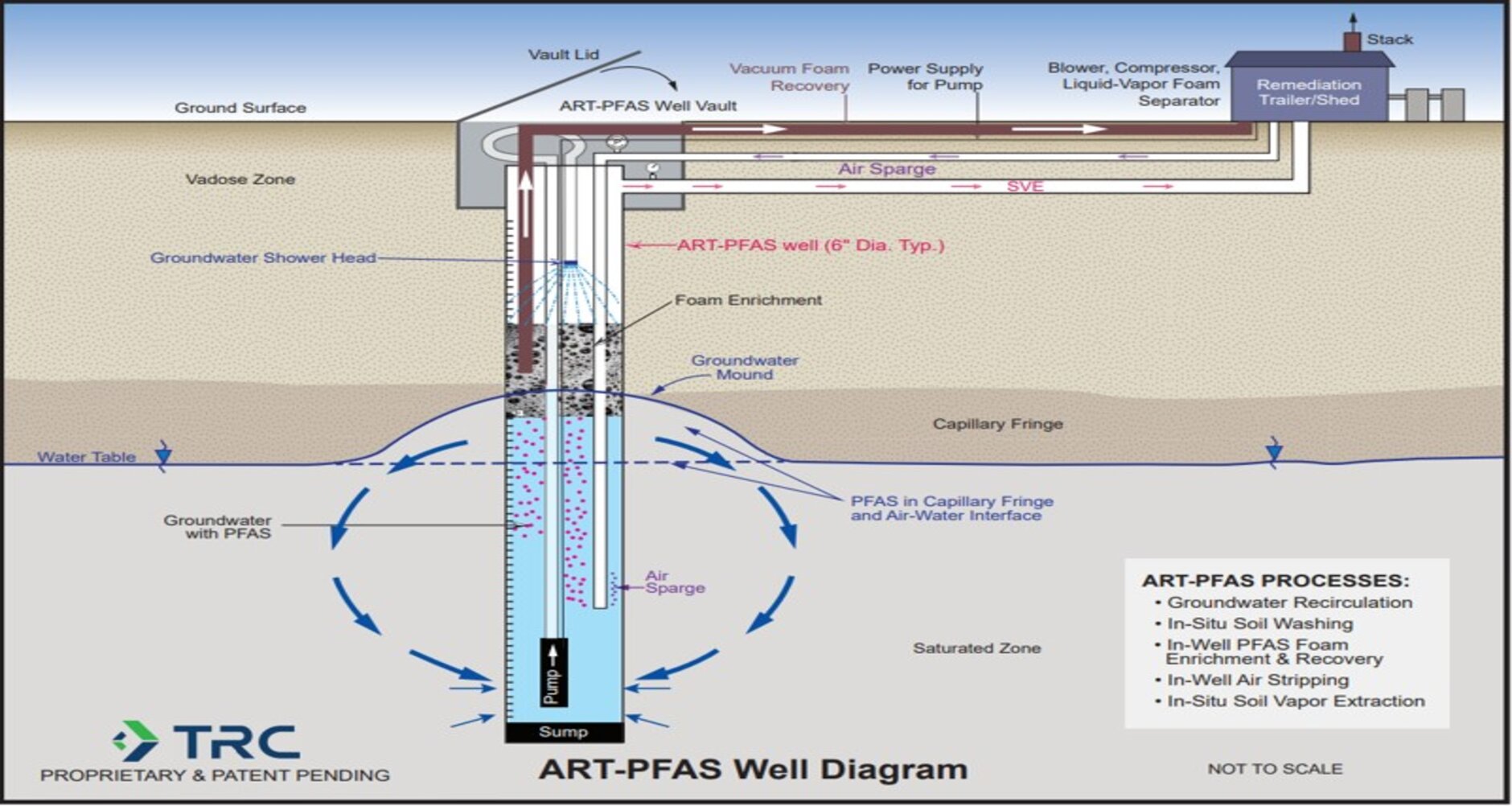
Percées novatrices dans l’assainissement in situ actif des SPFA
septembre 27, 2024
Ne manquez pas la présentation et l’atelier de la CVR à la 40e conférence internationale annuelle de l’AEHS sur les sols, les sédiments, l’eau et l’énergie

TSCA Section 8(a)(7) PFAS Reporting and Recordkeeping
septembre 16, 2024
L’EPA a accordé une prolongation de huit mois pour les exigences de déclaration et de tenue de registres de la Toxic Substances Control Act (TSCA) pour les substances perfluoroalkyliques et polyfluoroalkyliques (SPFA).
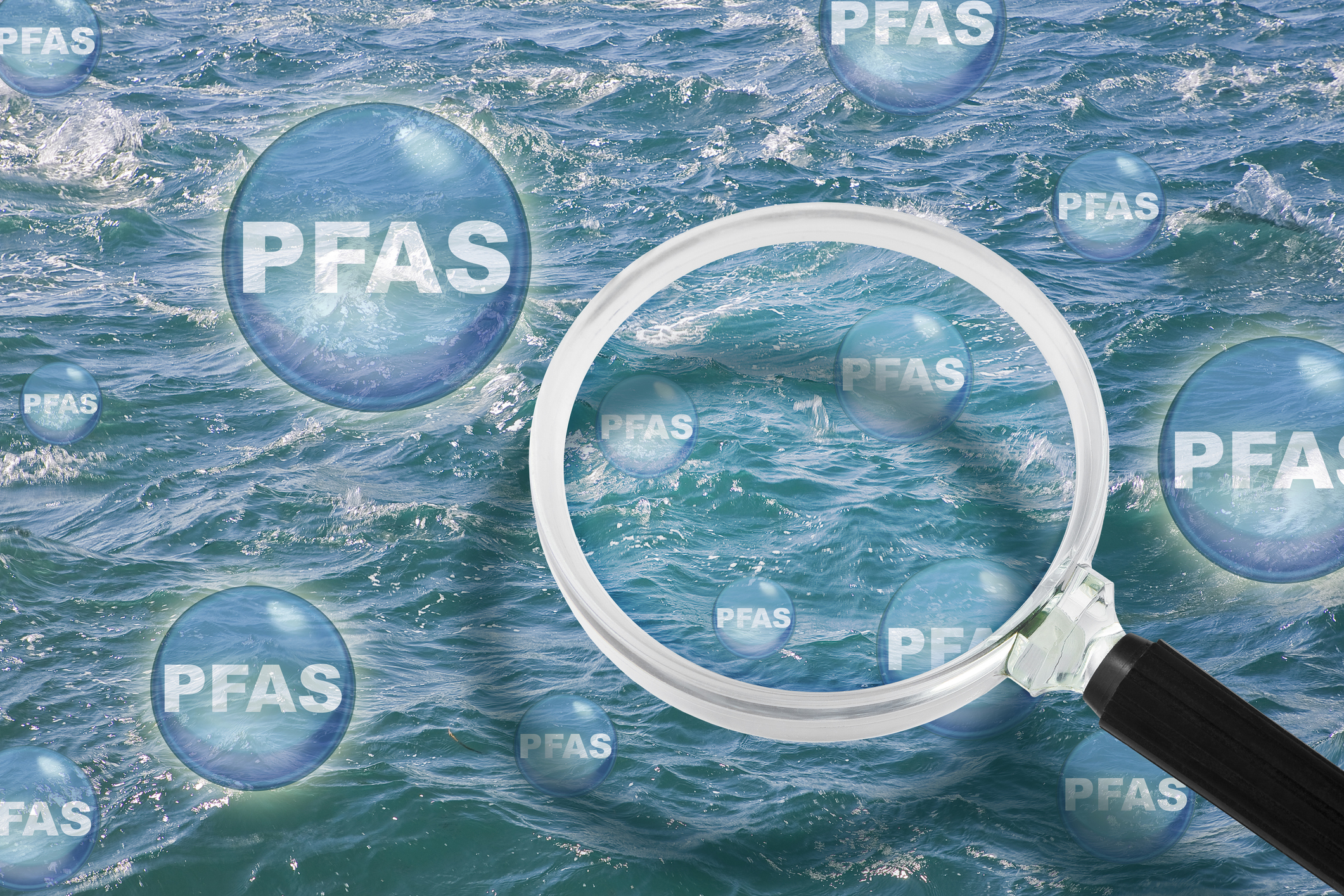
État des SPFA du Wisconsin et mise à jour réglementaire
septembre 10, 2024
La sensibilisation et l’accent mis sur les substances perfluoroalkyliques et polyfluoroalkyliques (SPFA) en tant que « contaminant émergent » ont conduit à l’évolution rapide et continue du paysage réglementaire à la fois au niveau fédéral et au niveau des États.
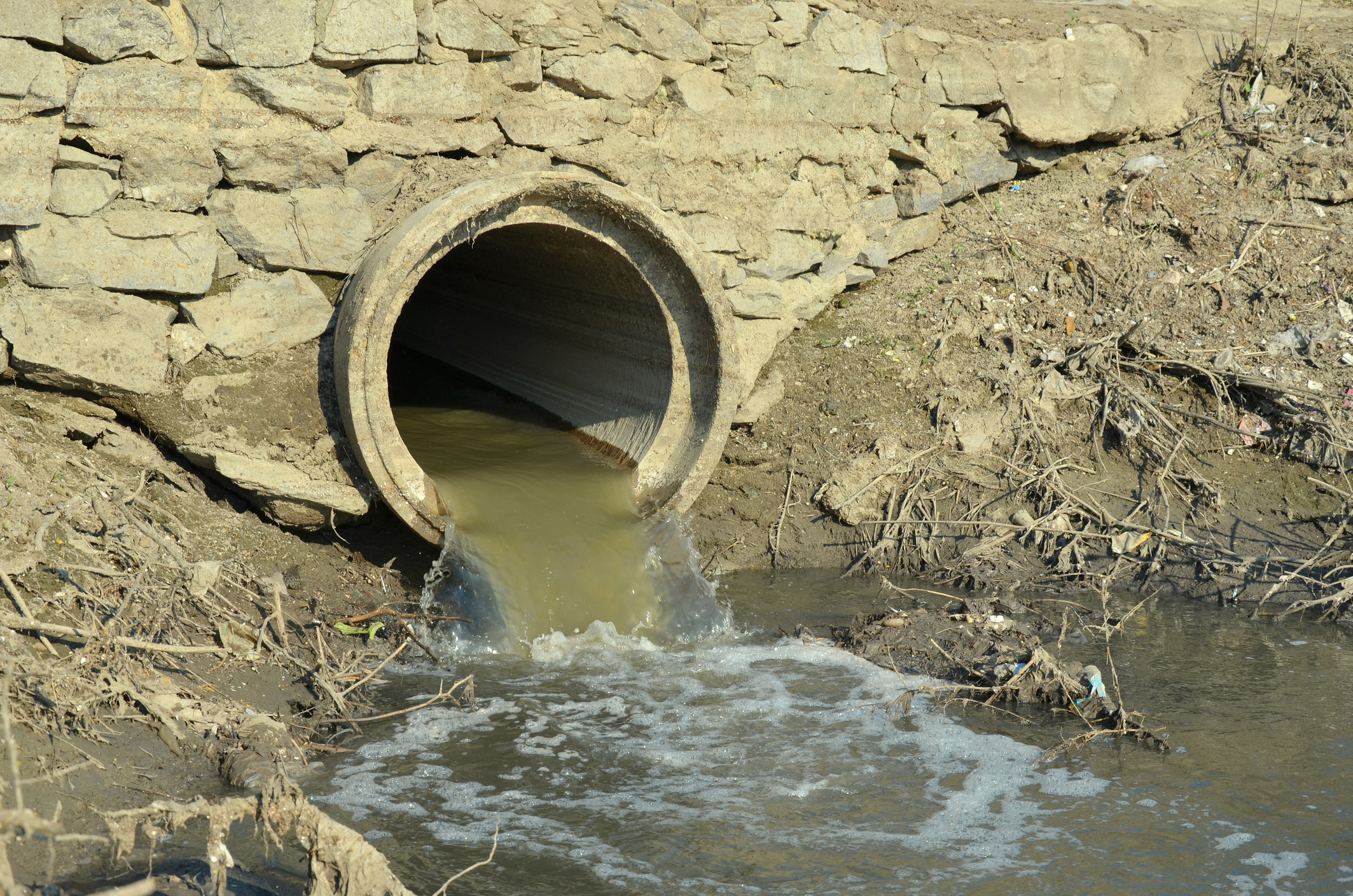
Comprendre les modifications apportées à la TSCA de 2024 pour les sites contenant des BPC
août 30, 2024
Les biphényles polychlorés (BPC) sont des produits chimiques organiques synthétiques composés d’atomes de carbone, d’hydrogène et de chlore sur le cycle biphényle.

TRC fait l’acquisition de Paustenbach & Associates, un chef de file en toxicologie, en science de l’exposition et en évaluation des risques
août 27, 2024
Paustenbach & Associates élargira les capacités de TRC dans les domaines de l’évaluation des risques pour la santé et du soutien aux litiges.
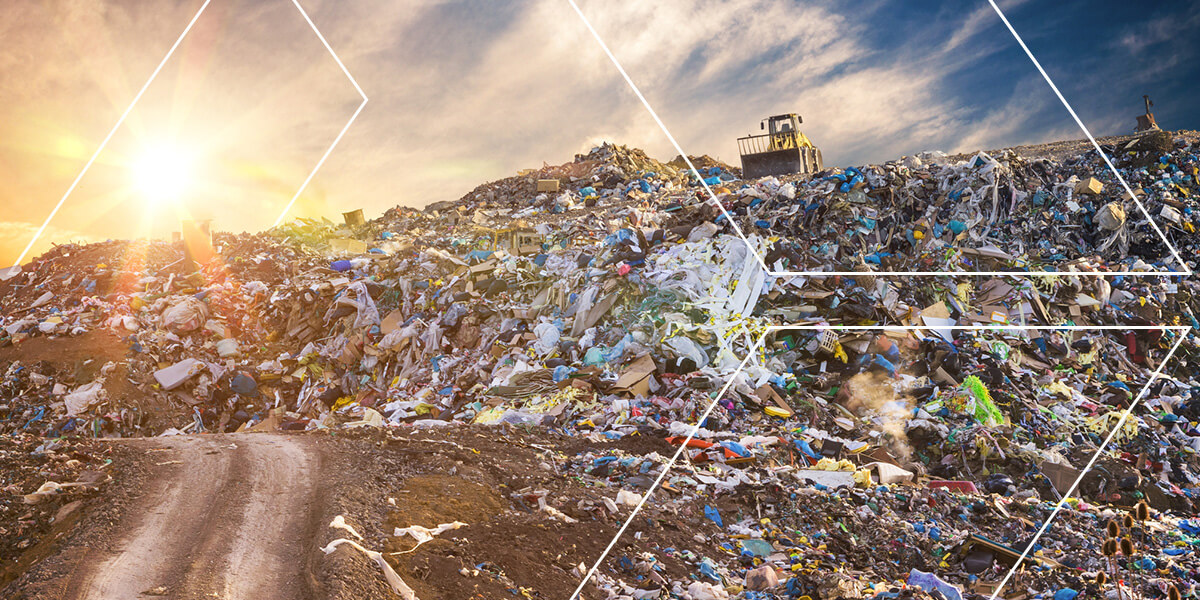
How to Reduce the Risk of PFAS Exposure
août 3, 2024
Per- and polyfluoroalkyl substances (PFAS) consist of nearly 3,000 different chemicals. The various chemicals can adversely affect human health and the environment.

Gestion de la prolifération d’algues nuisibles (HAB)
août 2, 2024
Renseignez-vous sur les répercussions des proliférations d’algues nuisibles et sur les déclencheurs réglementaires connexes pour la déclaration, l’orientation et l’action.
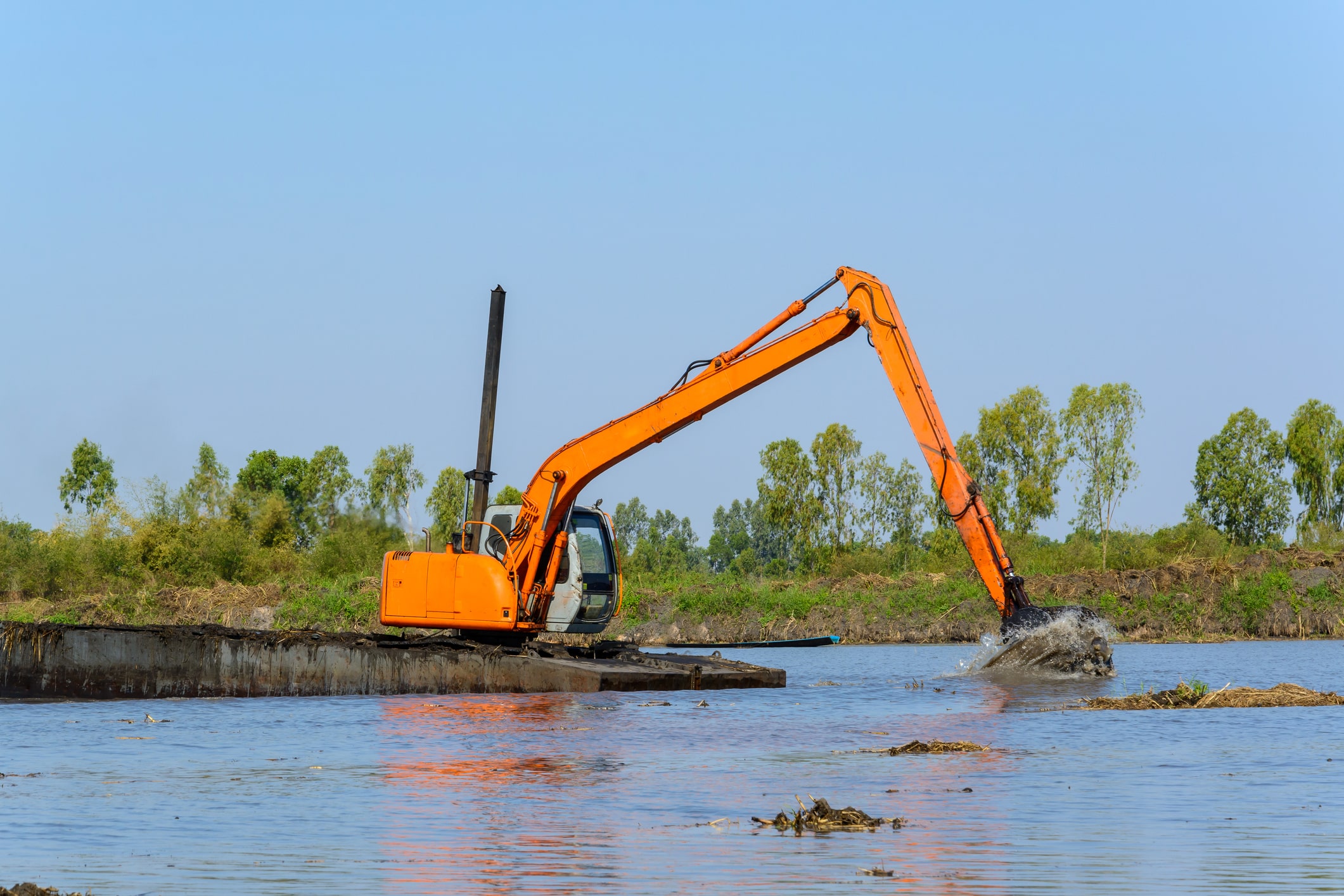
Traitement des SPFA pour permettre l’utilisation bénéfique des sédiments dragués touchés
juillet 18, 2024
Environ 200 à 300 millions de verges cubes de sédiments sont draguées chaque année par le US Army Corps of Engineers (USACE) et d’autres intérêts fédéraux (USEPA, 2007).
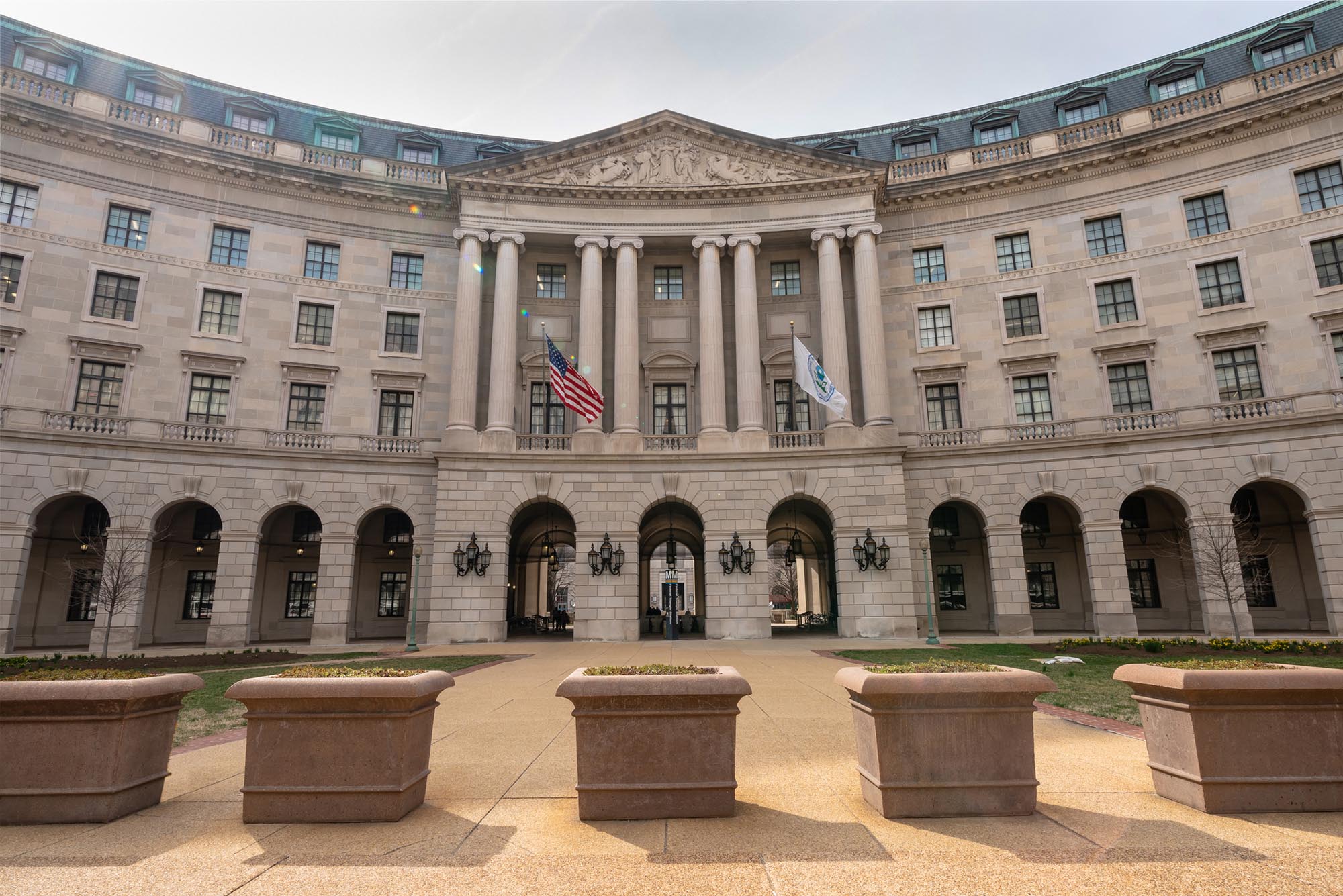
À venir à vous rapidement – Les dernières nouvelles sur rcra et PFAS Règlements
mars 1, 2024
L’EPA a publié son projet de règle pour l’inscription de SPFA spécifiques en tant que constituants dangereux en vertu de la Loi sur la conservation et la récupération des ressources (RCRA).
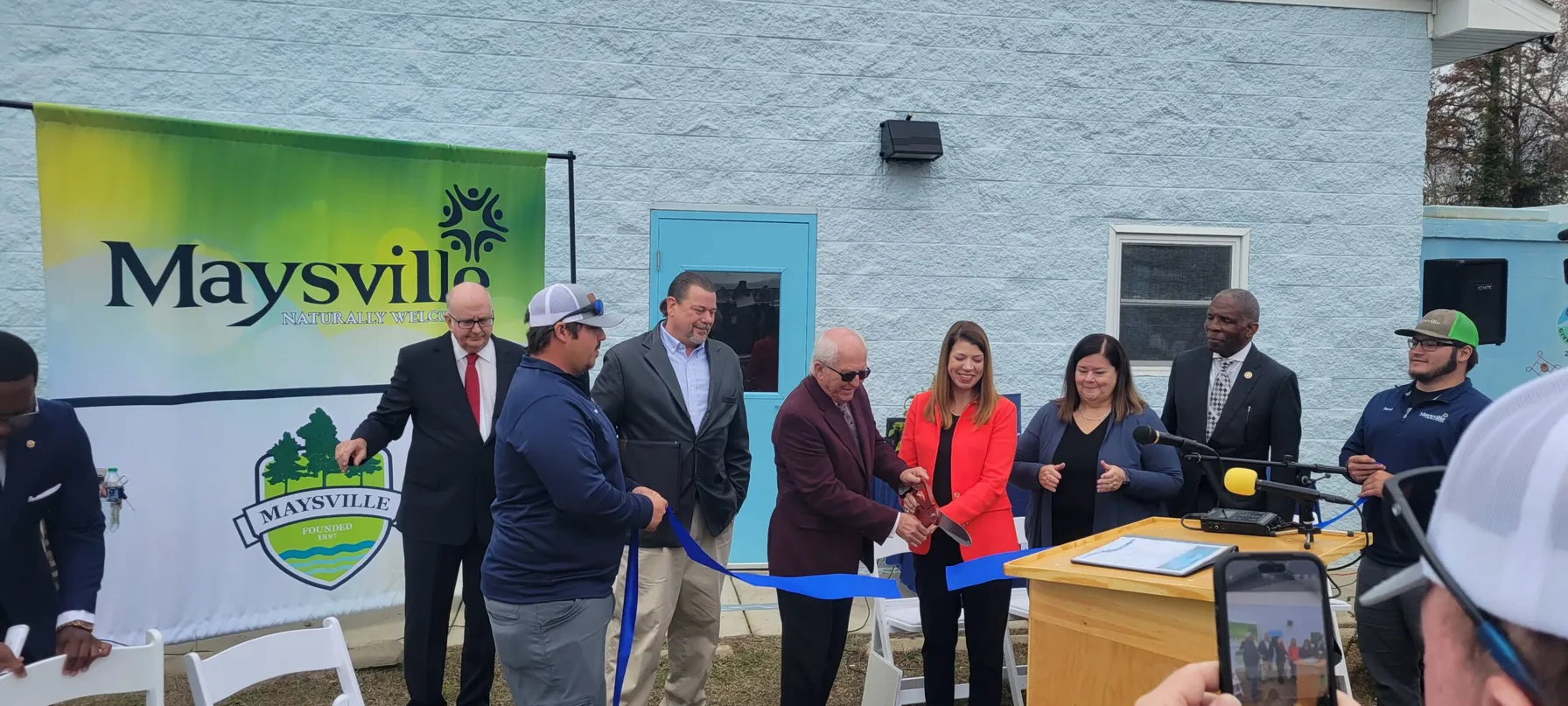
TRC aide une petite ville à rétablir l’approvisionnement en eau potable
février 13, 2024
Maysville s’est tourné vers TRC, une société mondiale de conseil, d’ingénierie et de gestion de la construction de premier plan, pour obtenir de l’aide.

Les effets des SPFA sur la santé humaine
février 1, 2024
Il est essentiel de comprendre ce que les SPFA font au corps, car elles peuvent nuire à la santé humaine. Apprenez-en plus sur les effets des SPFA sur la santé avec les sociétés TRC dès aujourd’hui.

Défis associés au transport atmosphérique des SPFA
janvier 12, 2024
La présence de SPFA dans l’air pose de multiples défis en ce qui concerne l’identification des sources, les méthodes d’analyse et la façon de gérer les émissions atmosphériques en tant que préoccupation potentielle pour la santé.

La nouvelle règle de l’EPA a une incidence sur la déclaration des PFAS TRI et les notifications aux fournisseurs
novembre 20, 2023
Ce que les installations touchées doivent savoir au sujet de l’applicabilité, des changements apportés aux rapports et des échéances

L’importance des SPFA dans l’atmosphère
novembre 13, 2023
Comprendre les préoccupations et se préparer aux problèmes potentiels

Validation des données par rapport aux évaluations de la convivialité des données
octobre 19, 2023
La collecte de données environnementales est un processus qui comprend diverses étapes et phases

EPA Proposes Changes to Air Emissions Reporting Requirements (AERR)
août 30, 2023
The EPA is proposing updates to their Air Emissions Reporting Requirements (AERR) through amendments to 40 CFR Parts 2 and 51.

How Does PFAS Contamination Impact the Environment?
août 11, 2023
PFAS are widely used in the production of numerous products. Some PFAS chemicals are the by-product of manufacturing processes. As a result, PFAS contamination is widespread, with PFAS being found nearly everywhere in the world.

Keeping Up With PFAS Regulatory Updates
août 1, 2023
Since the early 2000s, the United States Environmental Protection Agency (EPA) has implemented regulations to reduce PFAS exposure and protect public health.

Identifying EHS Risks and Providing Solutions During Due Diligence
juillet 28, 2023
Due diligence is a comprehensive and systematic investigation or research process conducted to assess the merits, risks and potential of a business opportunity or investment.
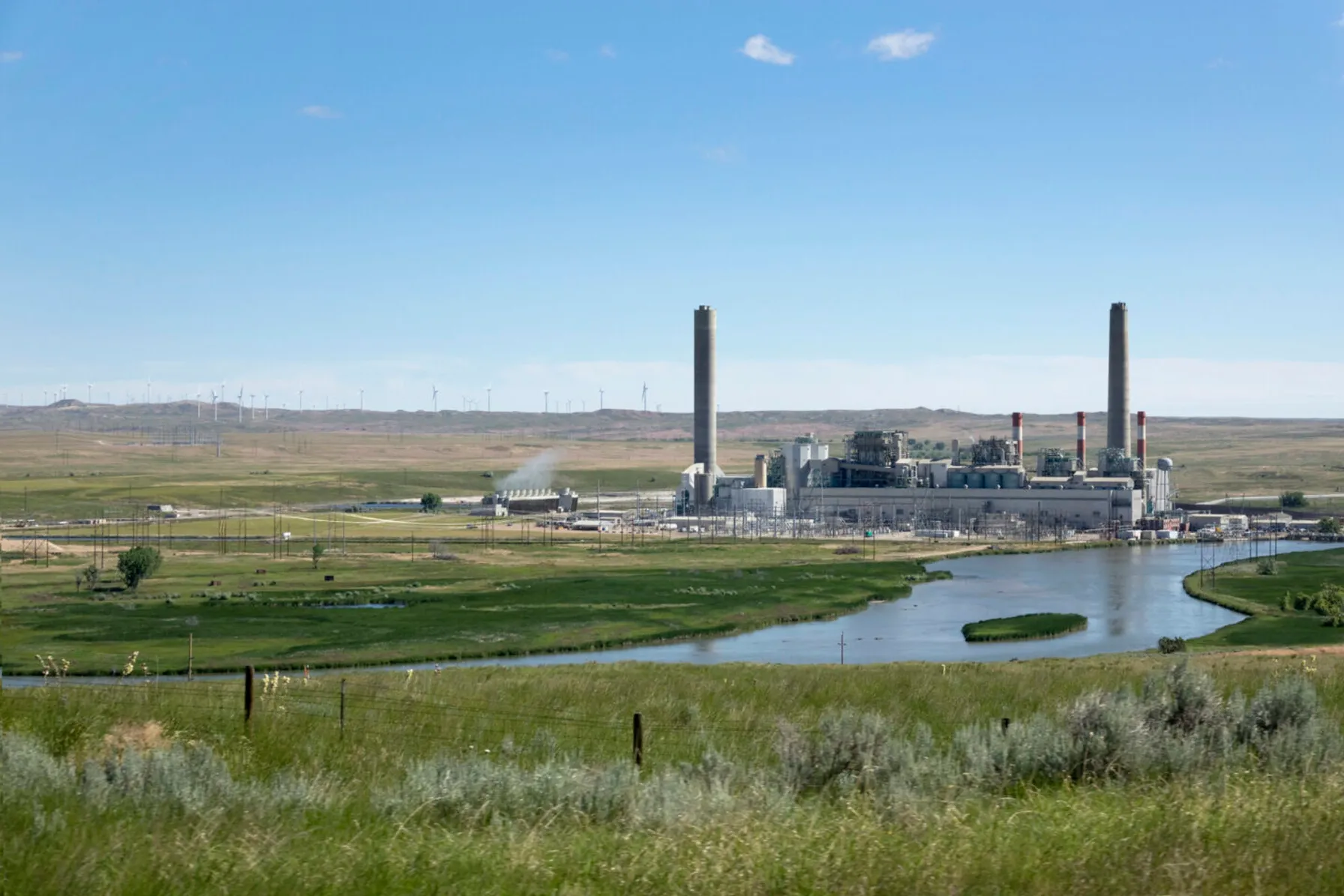
Air Quality Services
juillet 28, 2023
TRC is a leader in providing comprehensive air services to help clients achieve compliance and sustainability goals.

PFAS Reporting Requirements
juillet 25, 2023
PFAS are found in consumer products worldwide, including nonstick cookware, firefighting foams, cosmetics, personal care products and cleaning solutions.

Understanding Microplastics in Sediments
juillet 21, 2023
The accumulation of plastic pollution in the environment has rapidly increased in recent decades. Microplastics (MP) are very small pieces of plastic that come from a variety of sources.

California Advances Plastic Packaging Law
juillet 7, 2023
As rulemaking deadlines and compliance timeframes approach, how will your organization be impacted?

Helping Airports Identify and Mitigate PFAS Risks
mai 30, 2023
This white paper focuses on some unique strategies and situations we have encountered at some airport sites.
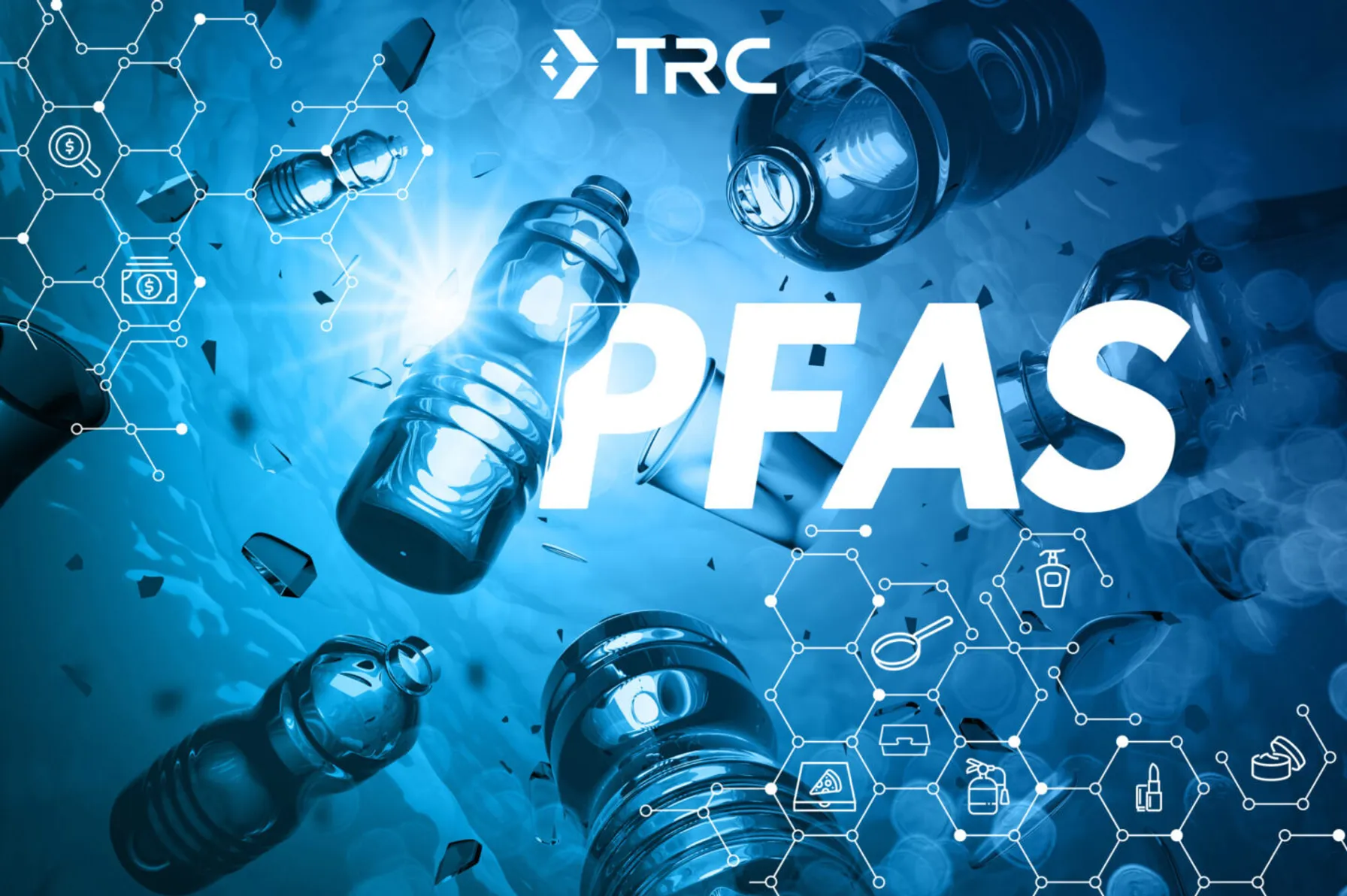
PFAS Regulatory Landscape
mai 3, 2023
This presentation describes PFAS regulations across the U.S., EPA Health Advisories and Regional Screening Levels (RSLs) and various Federal Laws that regulate PFAS in some form.

EPA Finds Trichloroethylene Presents Unreasonable Risk in Final Risk Evaluation
avril 6, 2023
On Jan 9, 2023, the United States Environmental Protection Agency (EPA) revised the Toxic Substance Control Act (TSCA) to reflect a new risk determination for trichloroethylene (TCE).

Utilisation proposée d’un indice de danger pour le Règlement national sur l’eau potable primaire (NPDWR) sur les SPFA
avril 4, 2023
La LCM et la MCLG proposées pour les quatre SPFA, LE PFNA, le PFHxS, le GenX et le PFBS considèrent leur toxicité comme additif. L’EPA a proposé un IH de 1,0 en tant que MCL et MCLG pour les quatre SPFA combinés.

PFAS Groundwater Sampling
mars 28, 2023
Per- and Poly-fluoroalkyl substances are a diverse group of man-made chemicals and are becoming an increasing environmental concern.

Proposed MCLGs and MCLs for PFAS
mars 15, 2023
Final Regulatory Determination for Contaminants on the Fourth Drinking Water Contaminant Candidate List

QA and Chemistry Services
février 23, 2023
TRC offers many QA and Chemistry services including data usability assessments, limited and full data validation reports, quality assurance project plan preparation, selection of appropriate analytical methodologies and laboratory audits.
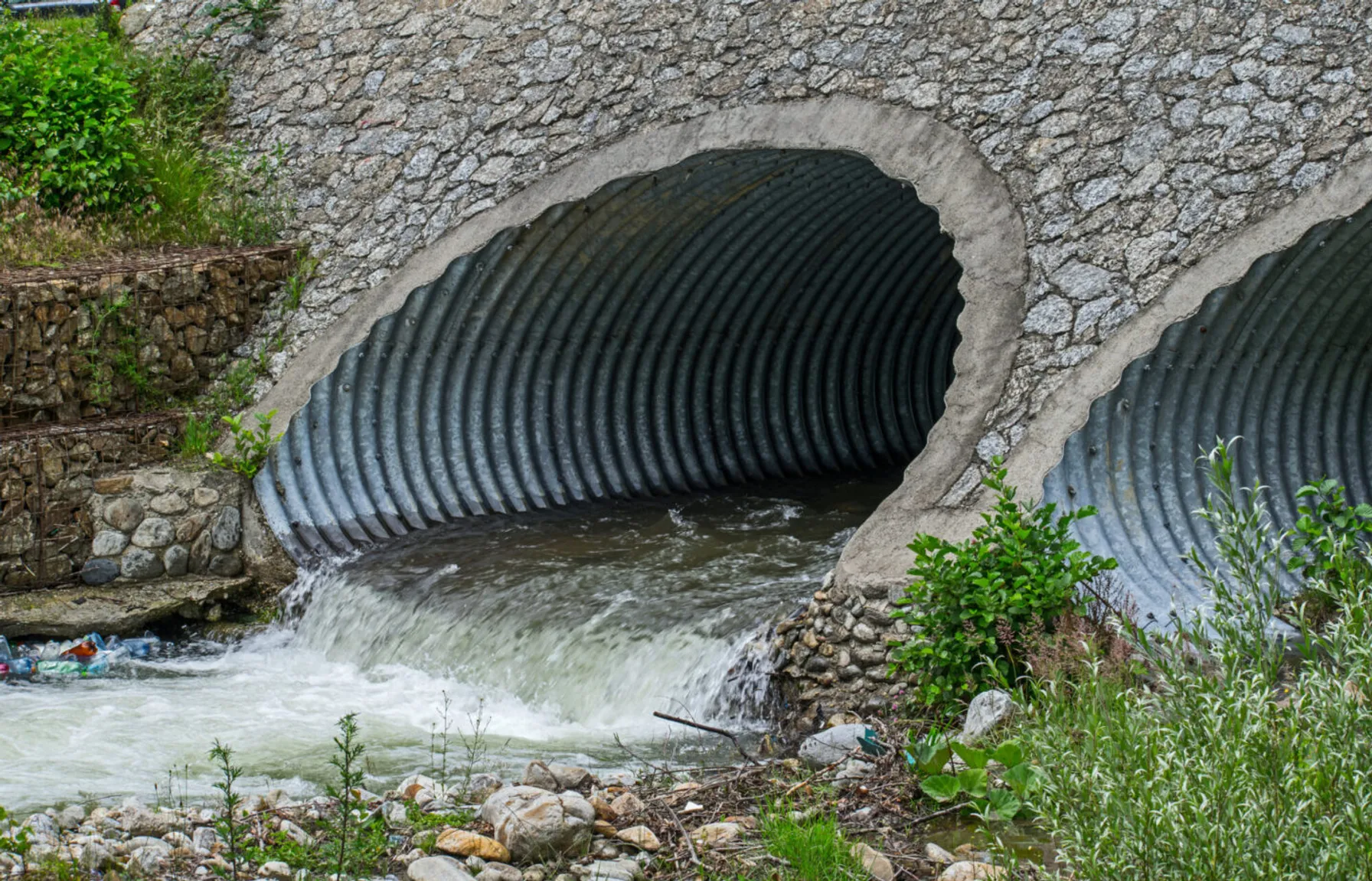
PFAS Fate and Transport
février 23, 2023
Understanding PFAS properties and behavior is key to effective detection and remediation.

PFAS Fate and Transport: Conceptual Site Models
février 23, 2023
The conceptual site model describes site-specific sources, release and transport mechanisms, exposure media, exposure points, exposure pathways and routes and potential human and/or ecological receptor populations.

PFAS: Data Collection and Analysis Part 2
février 23, 2023
There are many PFAS-related challenges, such as changing regulations, toxicology, fate and transport, analytical methods, remediation, public perception and more.

PFAS: Sampling and Analysis Part 1
février 23, 2023
Sampling and analysis of Per- and poly-fluoroalkyl substances (PFAS) requires specific techniques and analytical tools to ensure data quality.

EPA Announces $2 Billion in Funding to Address Emerging Contaminants in Drinking Water
février 14, 2023
Environmental Protection Agency Administrator Michael Regan announced $2 Billion in infrastructure funding to help the nation’s rural water supplies.

EPA Publishes Effluent Guidelines Program Plan 15
février 14, 2023
The EPA announced updated effluent limitations guidelines under Plan 15, focusing on the evaluation and rulemaking process for per- and polyfluoroalkyl substances (PFAS) discharges.

PFAS: Remedial Approaches
février 8, 2023
Remediating Per- and poly-fluoroalkyl substances (PFAS) from the soil and water requires effective techniques and innovative technologies. TRC’s experts are well versed in several remediation strategies intended to remove PFAS and prevent re-exposure.

PFAS in Air: The Basics
février 8, 2023
Per- and poly-fluoroalkyl substances (PFAS) are a group of synthetic chemicals resistant to heat, water and oil. PFAS are widely detected in air as well as water and soil.

TRI PFAS Reporting Requirements Continue to Expand
janvier 25, 2023
The list of PFAS for TRI reporting has increased to a total of 189 for reporting year 2023.

Emerging Contaminants- Microplastics, HABs and Cannabis
janvier 9, 2023
Microplastics, harmful algal blooms (HABs) and cannabis/hemp can present health and safety concerns.

Chlorinated Solvents 101
janvier 9, 2023
Chlorinated solvents are present in industrial chemicals and can post risks to the environment and human health.

PFAS on the Move: Fate and Transport in Sediment
janvier 3, 2023
PFAS tend to sorb to sediment particles and organic matter, which settle at the bottom of a waterbody, creating a reservoir of PFAS that can cycle in the environment for decades.

Equipment Decontamination and Replacement of Legacy Aqueous Film Forming Foams
Décembre 21, 2022
Legacy AFFF used for firefighting are a significant source of PFAS in the environment. With current and expected regulation, many entities are looking for replacements.
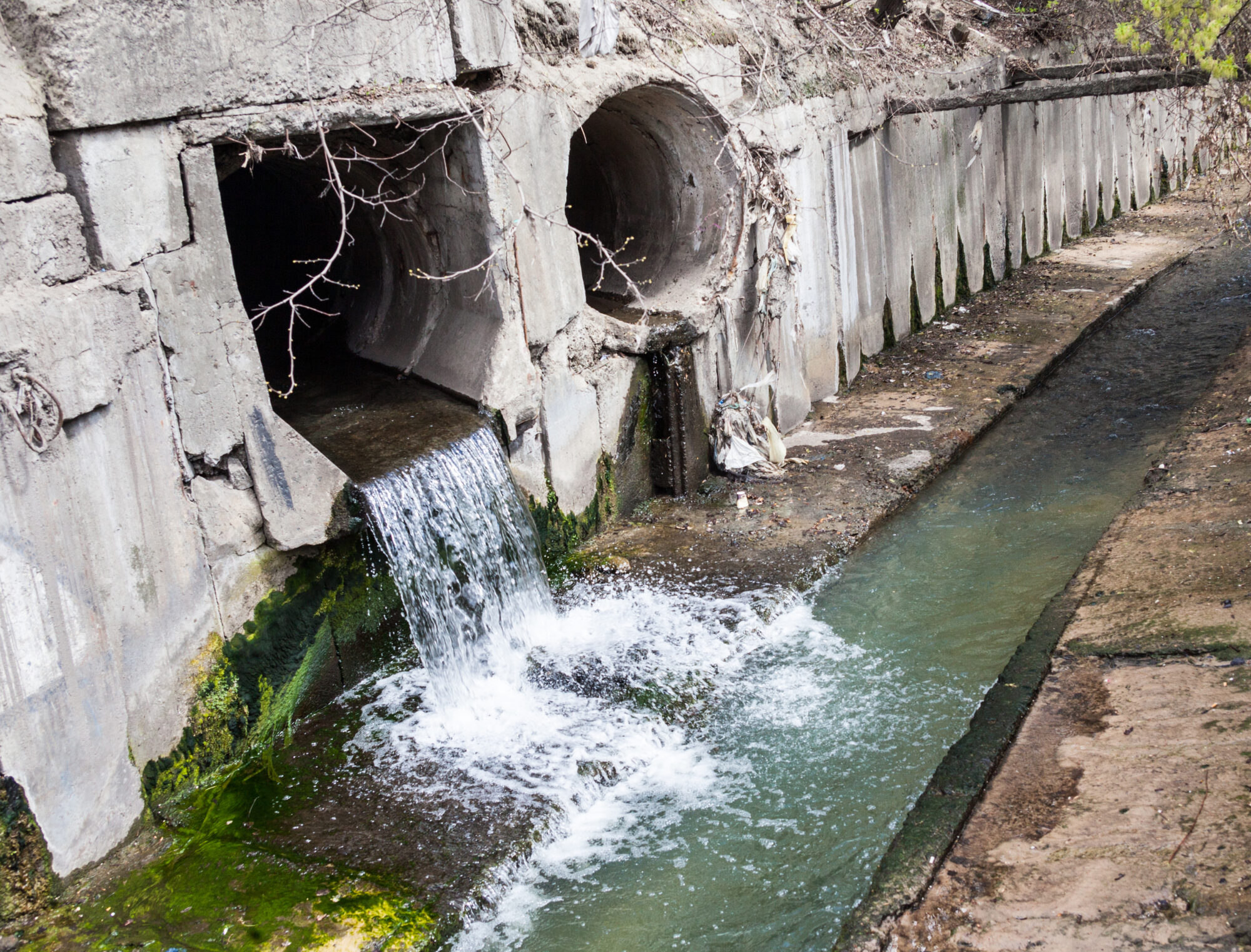
PFAS Discharges in NPDES Permits
Décembre 19, 2022
In a follow-up to the EPA Office of Water’s April 28, 2022 memo, EPA released “Part 2″, providing guidance for the NPDES permitting/pretreatment program as it relates to restricting discharges of PFAS to water bodies.

PFAS: The Basics
Décembre 14, 2022
Per- and poly-fluoroalkyl substances (PFAS) are a group of synthetic chemicals resistant to heat, water and oil. These persistent chemicals have been found to be ubiquitous toxins in our environment.

Petroleum Hydrocarbons 101
Décembre 14, 2022
This presentation defines petroleum hydrocarbons and covers the range of products and constituents that comprise petroleum hydrocarbons.

Advanced NAPL Site Characterization Tools
Décembre 14, 2022
Advanced NAPL site characterization tools can improve site understanding and remediation performance.
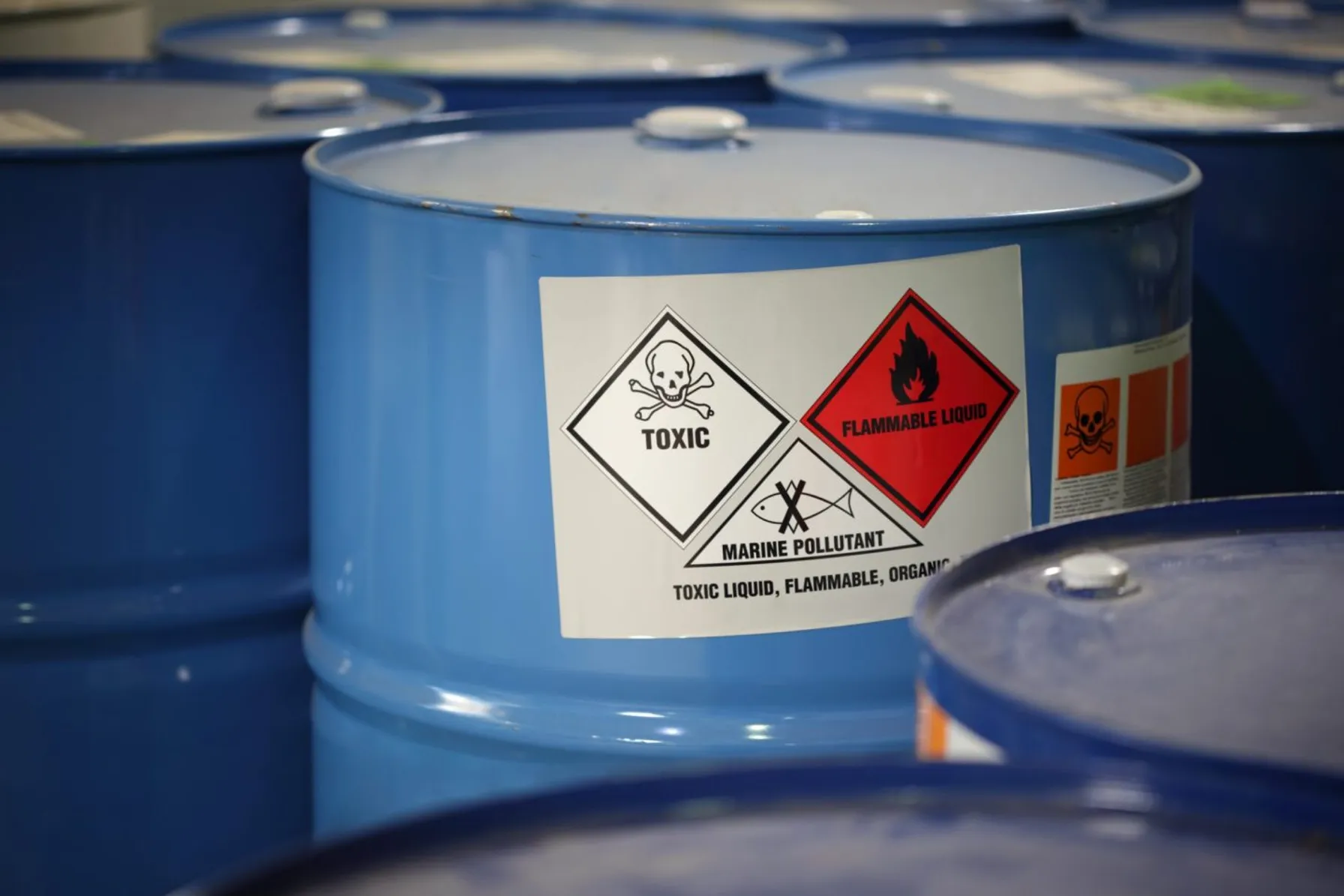
What is TSCA and Why Should I Care?
Décembre 1, 2022
This presentation provides a historical background on TSCA, regulatory requirements, regulated industries and regulated substances.

Washington State Establishes PFAS Cleanup Levels
septembre 21, 2022
The Washington State Department of Ecology (Ecology) recently published a list of 6 PFAS compounds that now have soil and groundwater cleanup levels

New National Emerging Contaminants Research Initiative
septembre 12, 2022
The Executive Office of the President of the United States announced a National Emerging Contaminant Research Initiative
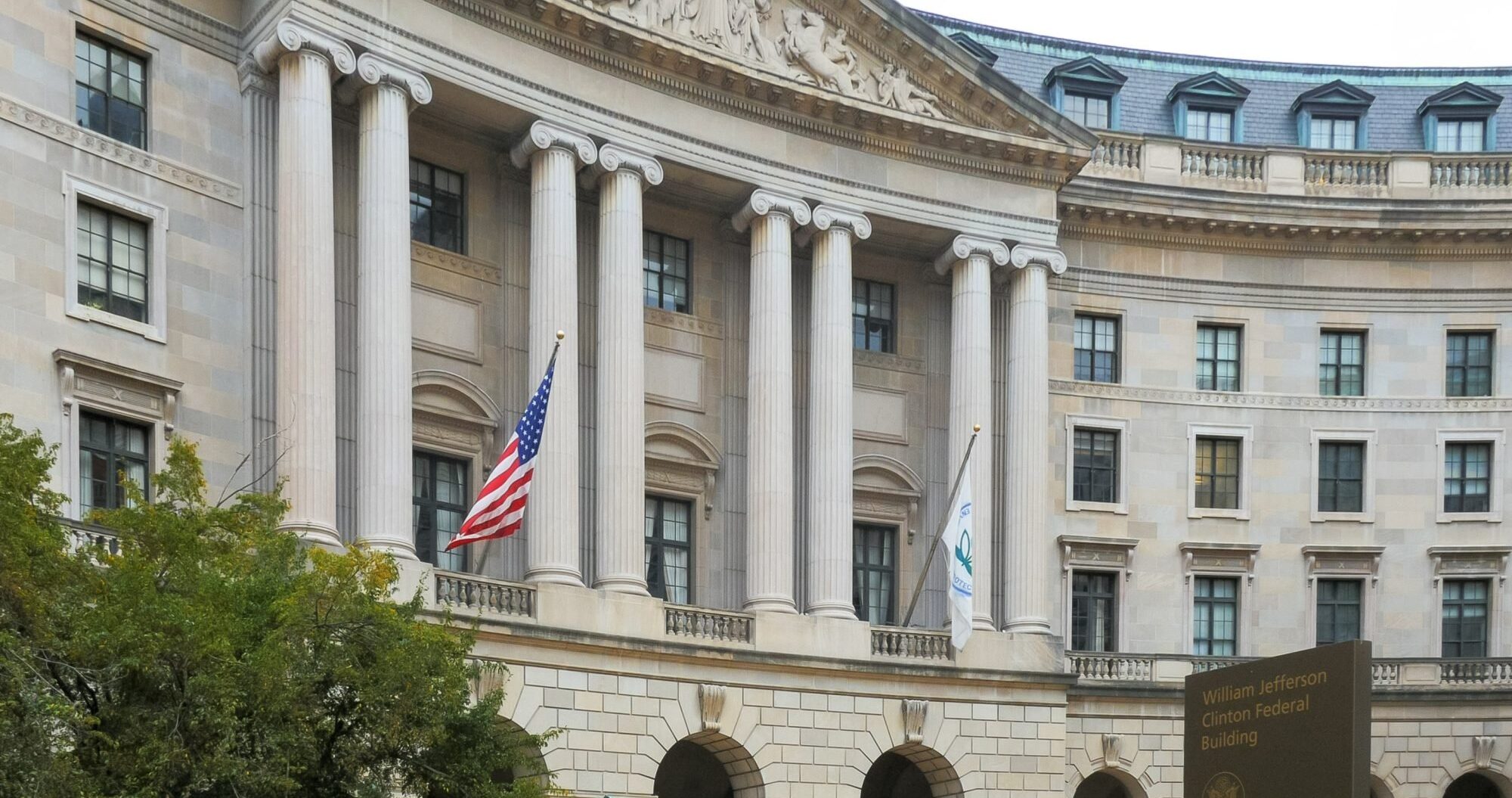
EPA Issues Proposed Rule Designating PFOA and PFOS as Hazardous Substances
septembre 7, 2022
The EPA has issued a pre-publication version of a proposed rule to designate two PFAS compounds as hazardous substances under CERCLA.

EPA PFAS Strategic Roadmap: Where Are We?
août 3, 2022
In 2021, the United States Environmental Protection Agency (EPA) announced the Agency’s PFAS Strategic Roadmap.

PFAS Forensics – Identify the Source of PFAS
juillet 8, 2022
Forensics and source identification is necessary to detect the unique PFAS chemical signatures

Five New PFAS Added to EPA Regional Screening Levels (RSLs)
juin 24, 2022
EPA announced the addition of five new PFAS to the list of Regional Screening Levels (RSLs)

EPA Announces Updated Drinking Water Health Advisories for Four PFAS Chemicals: PFOS, PFOA, PFBS, & GenX
juin 24, 2022
On June 15, 2022, the EPA released updated Health Advisory Levels for four per- and polyfluoroalkyl substances (PFAS) in drinking water

Integrating Sustainability, Digital Connectivity and Design Optimization in Wastewater Treatment Systems
juin 20, 2022
Some organizations rarely think about water and wastewater treatment, until there is a problem. American industry depends on the ability to treat wastewater discharges while complying with regulatory standards and addressing emerging contaminants. If wastewater treatment fails, our environment is negatively impacted, and companies are exposed to shutdowns, delays and fines.
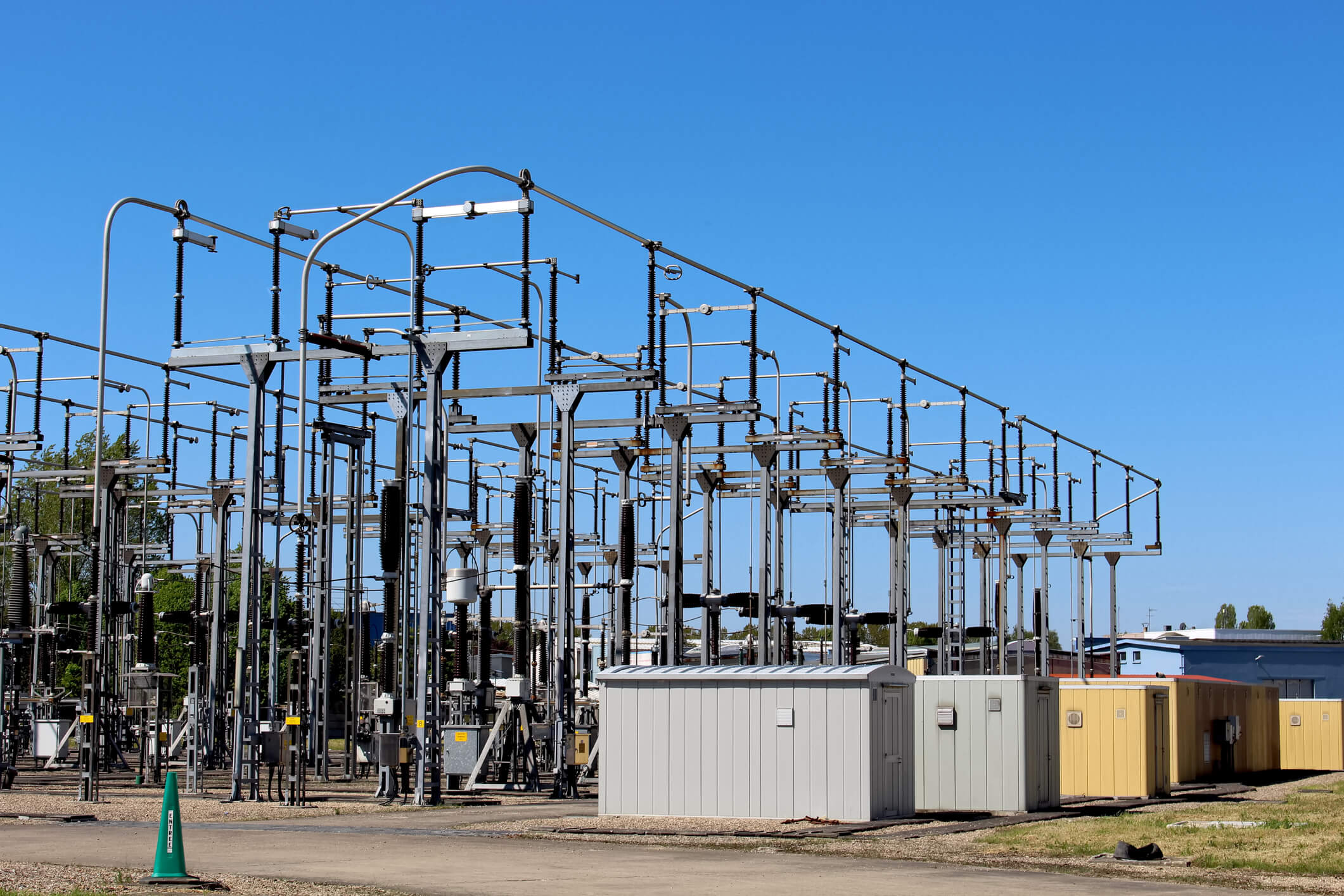
Webinar Reply: Minnesota’s PFAS Monitoring Plan
juin 13, 2022
Minnesota’s PFAS Monitoring Plan: Other Test Method (OTM) 45 for Measuring PFAS Air Emissions

Worst Case Discharges of Hazardous Substances – Proposed Rule
mai 25, 2022
In compliance with the Clean Water Act (CWA), the U.S. Environmental Protection Agency (EPA) recently proposed a new rule for onshore non-transportation-related facilities requiring specified facilities to plan for worst case discharges (WCDs) of CWA hazardous substances that could cause substantial harm to the environment.
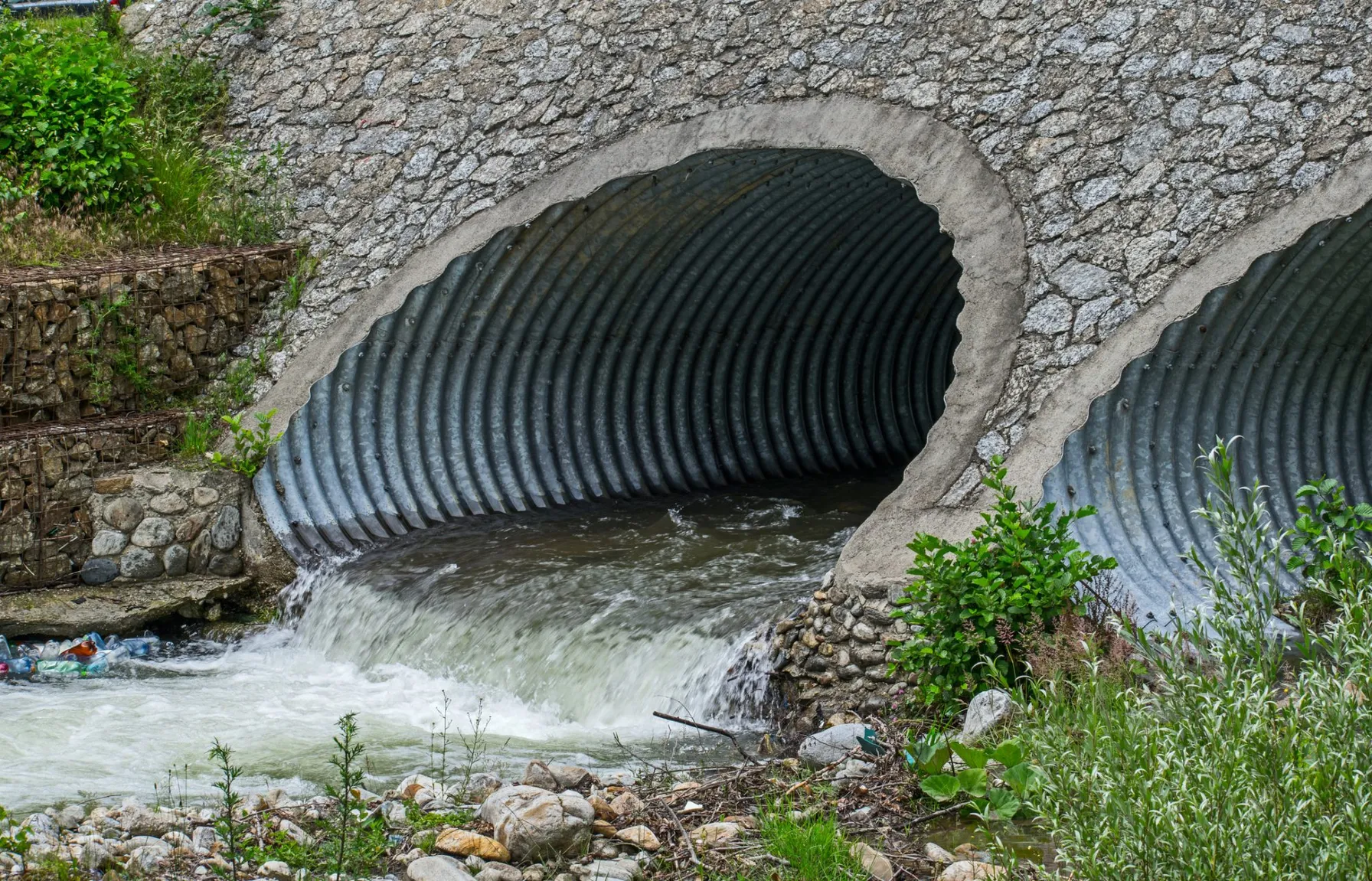
PFAS Discharges and NPDES Permits
mai 25, 2022
On April 28, 2022, the U.S. Environmental Protection Agency’s (EPA) Office of Water released a memo addressing the use of National Pollutant Discharge Elimination System (NPDES) permits to restrict per- and poly-fluoroalkyl substances (PFAS) discharges to water bodies.

EPA Proposes Aquatic Life Criteria for PFOA and PFOS
mai 25, 2022
On May 3, 2022, under the Clean Water Act (CWA), the United States Environmental Protection Agency (USEPA) proposed the first aquatic life criteria for both short-term and long-term toxic effects from Perfluorooctanoic Acid (PFOA) and Perfluorooctane Sulfonic Acid (PFOS).

SEC Releases New Proposed Rules Requiring Public Companies to Disclose Climate Risks
avril 12, 2022
On March 21, 2022, the U.S. Securities and Exchange Commission (SEC) issued its proposed rules for The Enhancement and Standardization of Climate-Related Disclosures for Investors which would require public companies in the U.S. to disclose information in their annual financial reports.
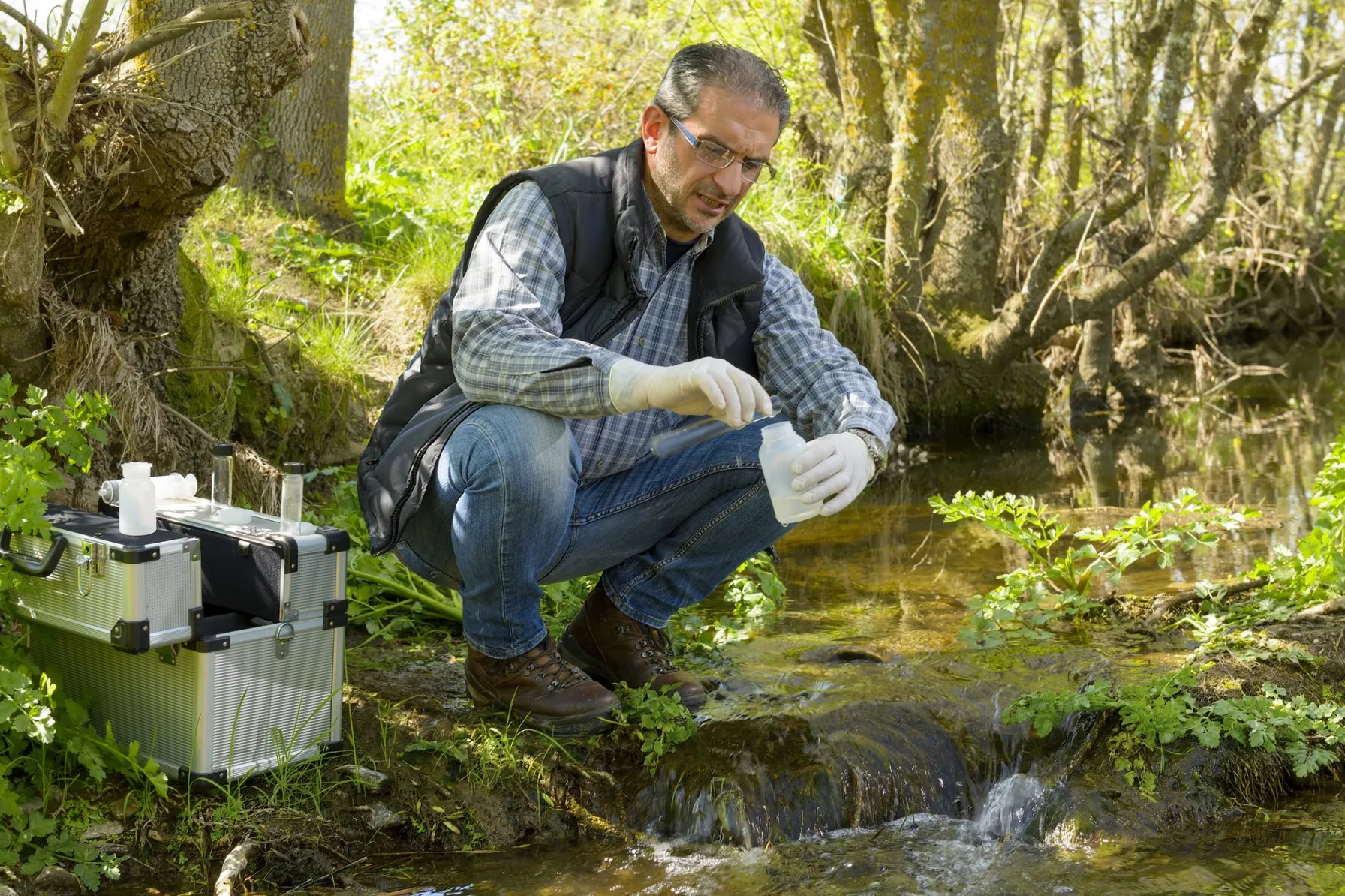
Per‐ and Polyfluoroalkyl Substances in Environmental Sampling Products: Fact or Fiction?
mars 29, 2022
Can per‐ and polyfluoroalkyl substances (PFAS) be transferred from the common field and other commercial products during sampling?

Evaluation of the Effects of PFAS Soil Adsorption and Transformation
mars 29, 2022
A study to to evaluate the effect of divalent cations on the adsorption of per- and polyfluoroalkyl substances (PFAS) onto soil particles.

PFAS Experts Symposium 2: An Update on Advances in Chemical Analysis of PFAS
mars 23, 2022
A recap of how the analysis of per‐ and polyfluoroalkyl substances (PFAS) has evolved since the first PFAS Experts Symposium in 2019.

PFAS Experts Symposium: Regulations and Technologies
mars 23, 2022
The scientific, engineering, regulatory, and legal communities assembled for the PFAS Experts Symposium in Arlington, Virginia to discuss issues related to per‐ and polyfluoroalkyl substances (PFAS).

Draft Environmental Protection Agency (EPA) Method 1633: A Data User’s Perspective
mars 15, 2022
A review of Draft EPA Method 1633, Analysis of Per‐and Polyfluoroalkyl Substances (PFAS) in Aqueous, Solid, Biosolids, and Tissue Samples by LC‐MS/MS

PFOA & PFOS As CERCLA Hazardous Substances: What Does This Mean and How Can You Be Prepared?
février 17, 2022
A plan to designate two per- and polyfluoroalkyl substances (PFAS) as “hazardous substances” under CERCLA was recently submitted by the EPA.

New Phase I ESA Standard Will Affect Environmental Due Diligence
janvier 25, 2022
After years of review, revisions and discussions, the new ASTM E1527 Phase I Environmental Site Assessment (Phase I ESA) standard has been published. The new standard includes updates to definitions, clarifications on processes and requirements, and guidance for emerging contaminants.

Fifth Unregulated Contaminant Monitoring Rule Lists 29 PFAS
janvier 21, 2022
EPA published fifth Unregulated Contaminant Monitoring Rule as required every five years and 29 of the 30 contaminants listed are PFAS.

Need help collecting PFAS samples for NJDEP deadline December 15?
octobre 7, 2021
NJDES Category B or L Industrial Permit holders – If you haven’t obtained your first PFAS sample yet, time is running out. All New Jersey Pollutant Discharge Elimination System (NJDES) Category B or L Industrial Permit holders are required by the New Jersey Department of Environmental Projection (NJDEP) to collect two representative effluent samples, taken 30 days apart, to be analyzed for PFAS by an approved laboratory and submitted to them by December 15, 2021.

Interpretation of “Waters of the United States” (WOTUS) Reverts to Pre-2015 Regulatory Definition
septembre 29, 2021
Environmental Protection Agency (EPA) and U.S. Army Corps of Engineers (ACOE) revert to pre-2015 regulatory program definition of “Waters of the United States.”
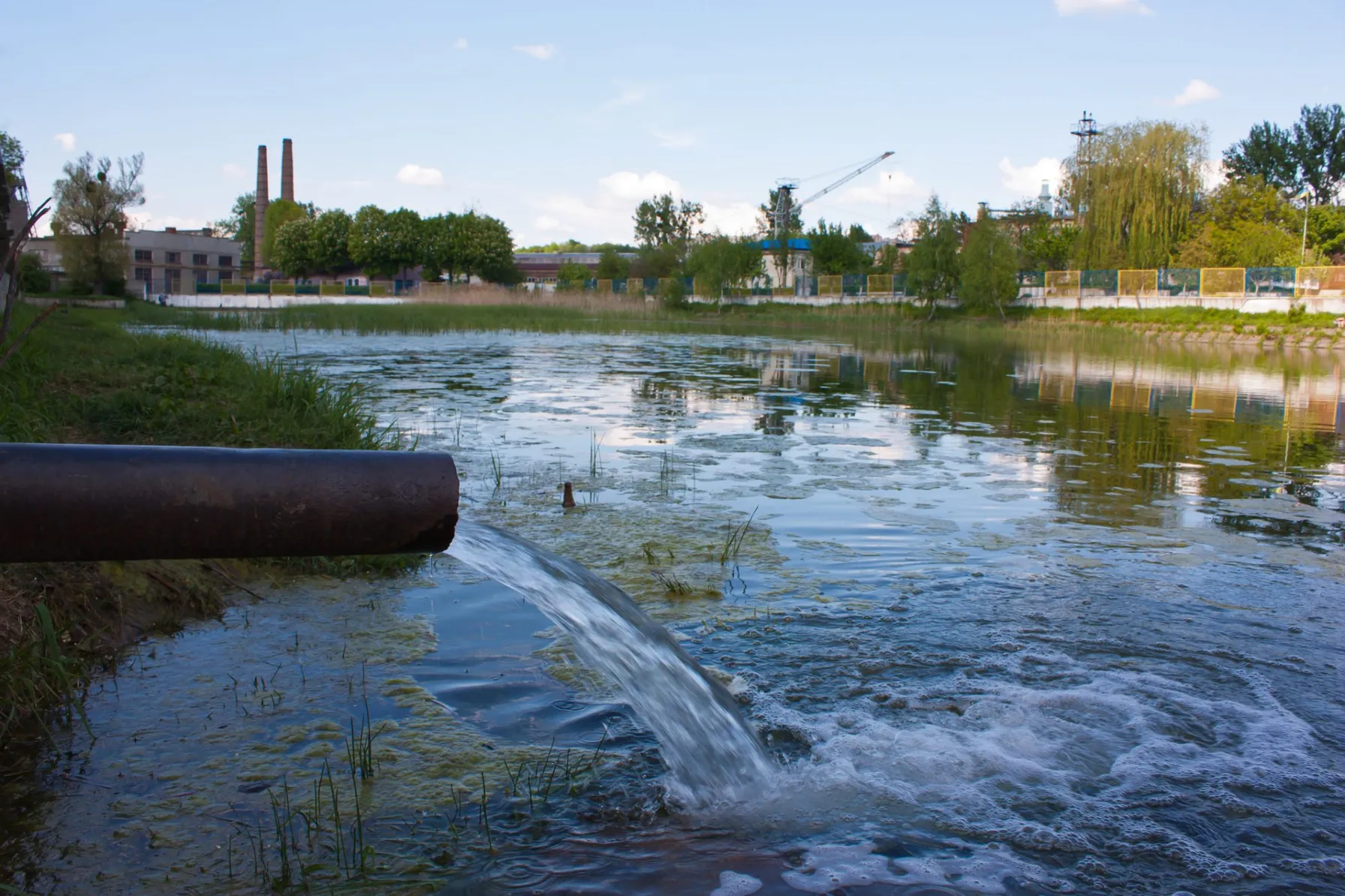
EPA Solicits Comments on PFAS Discharges in Five Point Source Categories
septembre 23, 2021
EPA solicits comments in five point source categories (PSCs) in the manufacture, use, treatment and discharge of PFAS.

PFAS Air Emissions Standards and Trends for Summer 2021
août 17, 2021
Environmental impacts of PFAS in ambient air leads to states implementing PFAS air-related thresholds.

Cryptocurrency: The Environmental Threats and Opportunities
août 9, 2021
Cryptocurrency (also known as crypto) is taking the fintech industry by storm, despite the economic experts who still dismiss it as a viable form of currency. Although often criticized for this volatility, whistleblowers are also further shining a light on the severe toll that these digital currencies are taking on the environment.

TRC Colorado PFAS Regulatory Update
juillet 21, 2021
Update on Colorado’s recent policies and plans to regulate new and historical discharges of per- and polyfluoroalkyl substances (PFAS) into the environment.

2021 EPA TRI Reporting Requirements for Natural Gas Processing Facilities
juillet 12, 2021
Indication EPA finalizing a rule to add natural gas extraction or processing plants to EPCRA Toxics Release Inventory (TRI) reporting.

Implementing bioremediation at environmental cleanup sites: TRC experts weigh in at leading industry conference
mai 17, 2021
TRC experts make several presentations at the Battelle conference about innovative approaches they have developed for implementing and monitoring bioremediation and the use of naturally-occurring or deliberately-introduced micro-organisms to break down environmental pollutants.
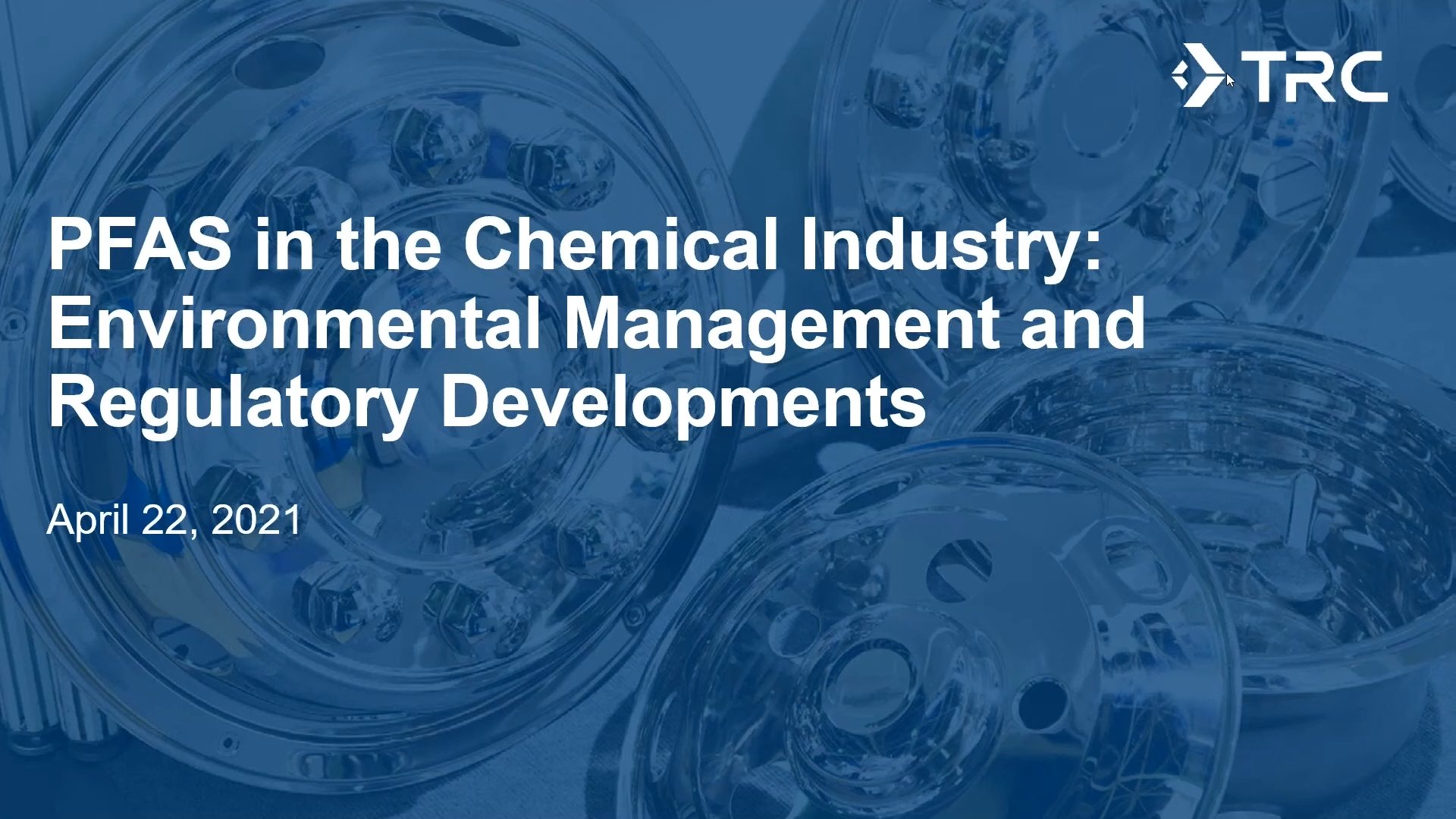
PFAS Compounds & Toxics Release Inventory
avril 26, 2021
The National Defense Authorization Act of 2020 added 172 PFAS compounds to the list of chemicals that must be evaluated for reporting.

PFAS Sampling Advisory on Aqueous Samples
avril 1, 2021
Advisory on collecting aqueous samples (e.g., groundwater, wastewater, stormwater, etc.) for PFAS analysis.

Interim Guidance on Destruction and Disposal of PFAS & Materials Containing PFAS
février 19, 2021
Interim Guidance from EPA identifies 6 materials that use or manufacture PFAS and approaches for disposal.

EPA Issues PFAS Air Emissions Draft Test Method OTM-45
février 5, 2021
First Air Emissions Draft Test for the Measurement of Selected Per- and Polyfluorinated Alkyl Substances from Stationary Sources

Microplastics Fate and Transport
janvier 31, 2021
This presentation discusses the fate and transport of microplastics and provides case studies of microplastic sampling projects.

EPA continues to aggressively address PFAS wastewater with two new strategies
janvier 4, 2021
EPA takes steps toward PFAS wastewater and storm water permitting, and analytical methods for testing.

PFAS at Metal-Plating Facilities: Environmental Management and Regulatory Developments
novembre 13, 2020
TRC is a national leader in per- and poly-fluoroalkyl substances (PFAS) characterization, research and technical consulting.

TRC Companies Inc. Acquires 1Source Safety and Health
novembre 11, 2020
TRC Companies (« TRC”), a leading technology-driven provider of end-to-end engineering, consulting and construction management solutions, has acquired 1Source Safety and Health, a firm that provides management consulting services in areas such as indoor air quality, asbestos management, industrial hygiene and safety management systems.

Ecological Risk of PFAS from AFFF-Impacted Sites
juin 30, 2020
The facts on evaluating exposure to wildlife

TRC’s Reporting Tool Can Help Identify New PFAS under the TRI
mai 19, 2020
While utilities often work in technical silos, NERC auditors are trained to cross check compliance evidence and data between interrelated standards.

World Health Organization Examines Danger of Microplastics in Drinking Water
novembre 5, 2019
There’s growing concern that microscopic plastic particles could be having a detrimental effect on drinking water quality.
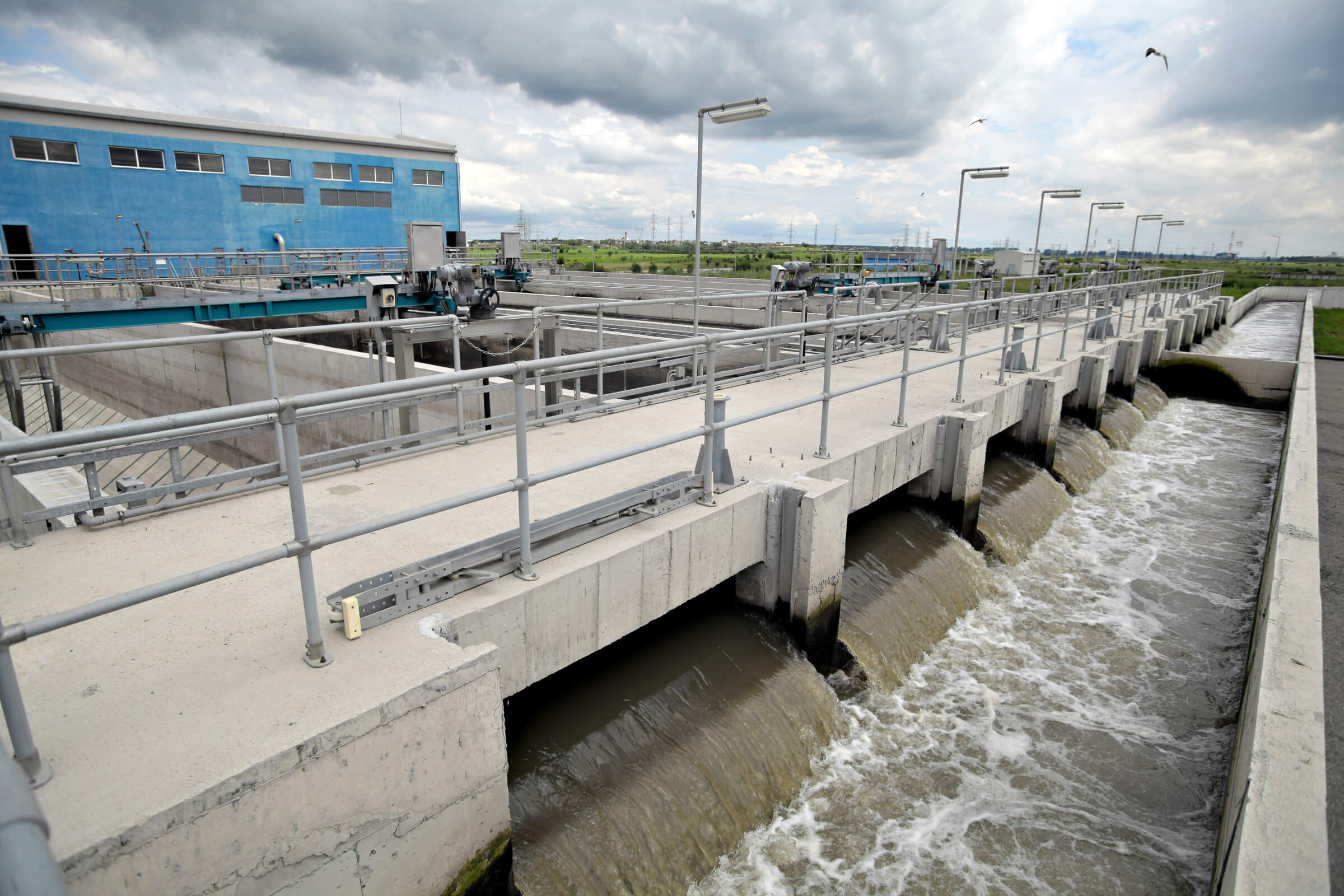
Michigan Steps Up Fight Against PFAS Contamination
mai 8, 2018
Michigan is cracking down on PFAS contamination with a pair of new regulatory actions aimed at protecting the state’s water supply.

TRC fait l’acquisition de Paustenbach & Associates, un chef de file en toxicologie, en science de l’exposition et en évaluation des risques
août 27, 2024
Paustenbach & Associates élargira les capacités de TRC dans les domaines de l’évaluation des risques pour la santé et du soutien aux litiges.

Conseils de récupération LNAPL pour les milieux non consolidés
août 20, 2024
Le liquide léger de phase non aqueuse (LNAPL) est un contaminant des eaux souterraines qui n’est pas soluble dans l’eau.

L’EPA réduit le niveau de dépistage du plomb dans le sol résidentiel
février 12, 2024
L’Office of Land and Emergency Management de l’Environmental Protection Agency des États-Unis a publié les directives mises à jour sur le plomb de sol résidentiel pour les sites CERCLA et les installations de mesures correctives rcra

Les effets des SPFA sur la santé humaine
février 1, 2024
Il est essentiel de comprendre ce que les SPFA font au corps, car elles peuvent nuire à la santé humaine. Apprenez-en plus sur les effets des SPFA sur la santé avec les sociétés TRC dès aujourd’hui.

Déchloration du panache de solvant
Décembre 13, 2023
La déchloration anaérobie est un processus biologique qui se produit en l’absence d’oxygène et qui est principalement utilisé pour assainir les composés chlorés, tels que les solvants chlorés.

Assurance de la qualité par rapport au contrôle de la qualité : quelle est la différence et pourquoi est-ce important ?
novembre 17, 2023
Le système d’assurance de la qualité de TRC intègre des outils de contrôle de la qualité tels que la validation des données (DV) de routine et les évaluations de la convivialité des données (DUA).

Validation des données par rapport aux évaluations de la convivialité des données
octobre 19, 2023
La collecte de données environnementales est un processus qui comprend diverses étapes et phases

EPA Issues Clarification of Free Product Removal Requirements
juin 20, 2023
EPA recently clarified requirements for LNAPL recovery and remediation.

EPA Finds Trichloroethylene Presents Unreasonable Risk in Final Risk Evaluation
avril 6, 2023
On Jan 9, 2023, the United States Environmental Protection Agency (EPA) revised the Toxic Substance Control Act (TSCA) to reflect a new risk determination for trichloroethylene (TCE).

Proposed MCLGs and MCLs for PFAS
mars 15, 2023
Final Regulatory Determination for Contaminants on the Fourth Drinking Water Contaminant Candidate List

Risk Communication Challenges for Emerging Issues
février 8, 2023
Risk communication is the exchange of real-time information, advice and opinions between experts and people facing threats to their health, economic or social well-being.

ASTM Phase I Environmental Site Assessment Updates
février 1, 2023
Environmental due diligence is the first step in identifying potential environmental liabilities prior to the acquisition of real estate or business transfers.

VaporSafe™ Continuous Air Monitoring Technology
janvier 9, 2023
VaporSafe™ continuous air monitoring technology can be used as a sustainable solution to identify a vapor intrusion pathway.

PFAS on the Move: Fate and Transport in Sediment
janvier 3, 2023
PFAS tend to sorb to sediment particles and organic matter, which settle at the bottom of a waterbody, creating a reservoir of PFAS that can cycle in the environment for decades.

Equipment Decontamination and Replacement of Legacy Aqueous Film Forming Foams
Décembre 21, 2022
Legacy AFFF used for firefighting are a significant source of PFAS in the environment. With current and expected regulation, many entities are looking for replacements.

Advanced NAPL Site Characterization Tools
Décembre 14, 2022
Advanced NAPL site characterization tools can improve site understanding and remediation performance.

What is TSCA and Why Should I Care?
Décembre 1, 2022
This presentation provides a historical background on TSCA, regulatory requirements, regulated industries and regulated substances.

Preparing Your RMP Facility for a Future of Extreme Weather
novembre 29, 2022
Facilities dealing with hazardous materials must prepare for extreme weather events that pose a risk to their operations and the community.

Washington State Establishes PFAS Cleanup Levels
septembre 21, 2022
The Washington State Department of Ecology (Ecology) recently published a list of 6 PFAS compounds that now have soil and groundwater cleanup levels

New National Emerging Contaminants Research Initiative
septembre 12, 2022
The Executive Office of the President of the United States announced a National Emerging Contaminant Research Initiative

EPA Issues Proposed Rule Designating PFOA and PFOS as Hazardous Substances
septembre 7, 2022
The EPA has issued a pre-publication version of a proposed rule to designate two PFAS compounds as hazardous substances under CERCLA.

About Endotoxins
septembre 1, 2022
Levels of endotoxins have been associated with indoor air quality complaints and certain respiratory diseases in many types of buildings. Learn more.

How to Prevent Infectious Disease in the Workplace
septembre 1, 2022
There are various ways infectious diseases can spread throughout the workplace. Learn how they spread and what to do next to prevent ill-health.

PFAS Forensics – Identify the Source of PFAS
juillet 8, 2022
Forensics and source identification is necessary to detect the unique PFAS chemical signatures

EPA Announces Updated Drinking Water Health Advisories for Four PFAS Chemicals: PFOS, PFOA, PFBS, & GenX
juin 24, 2022
On June 15, 2022, the EPA released updated Health Advisory Levels for four per- and polyfluoroalkyl substances (PFAS) in drinking water

TPH Risk-Based Strategies
mai 2, 2022
This presentation discusses recent developments in Total Petroleum Hydrocarbons (TPH) risk-based strategies.

PFAS Compounds & Toxics Release Inventory
avril 26, 2021
The National Defense Authorization Act of 2020 added 172 PFAS compounds to the list of chemicals that must be evaluated for reporting.

Ecological Risk of PFAS from AFFF-Impacted Sites
juin 30, 2020
The facts on evaluating exposure to wildlife

TRC’s Reporting Tool Can Help Identify New PFAS under the TRI
mai 19, 2020
While utilities often work in technical silos, NERC auditors are trained to cross check compliance evidence and data between interrelated standards.

Jenny Phillips
Jenny Phillips, Director of Technical Development, VP – Jenny Phillips leads the Technical Development Unit of TRC, focusing on Emerging Contaminants. She is an expert in human health and ecological risk assessment with a focus in risk communication and stakeholder discussions. Ms. Phillips also leads TRC’s Center for Research and Expertise which includes 30+ technical teams. Contact Ms. Phillips at JPhillips@trccompanies.com.

